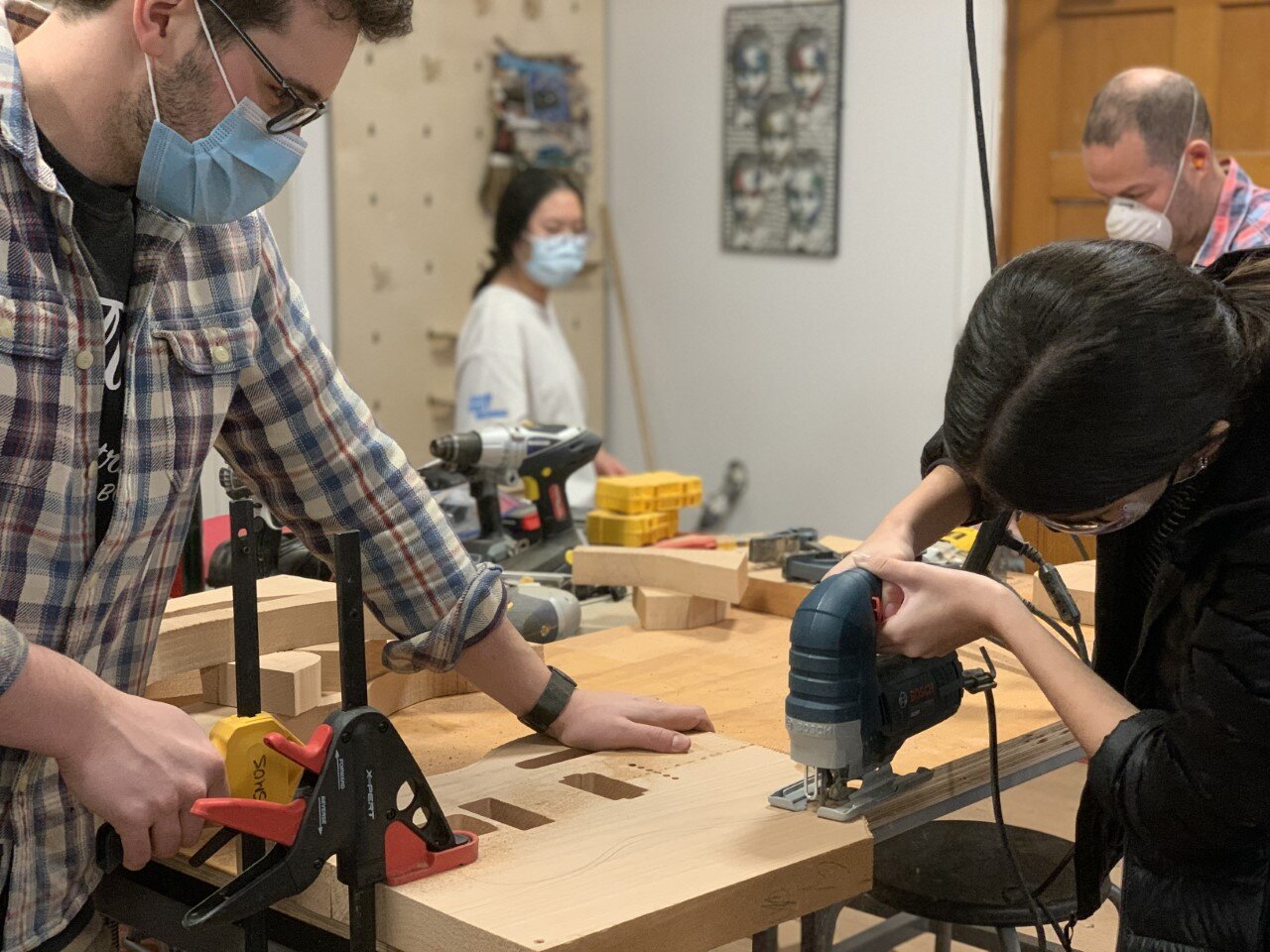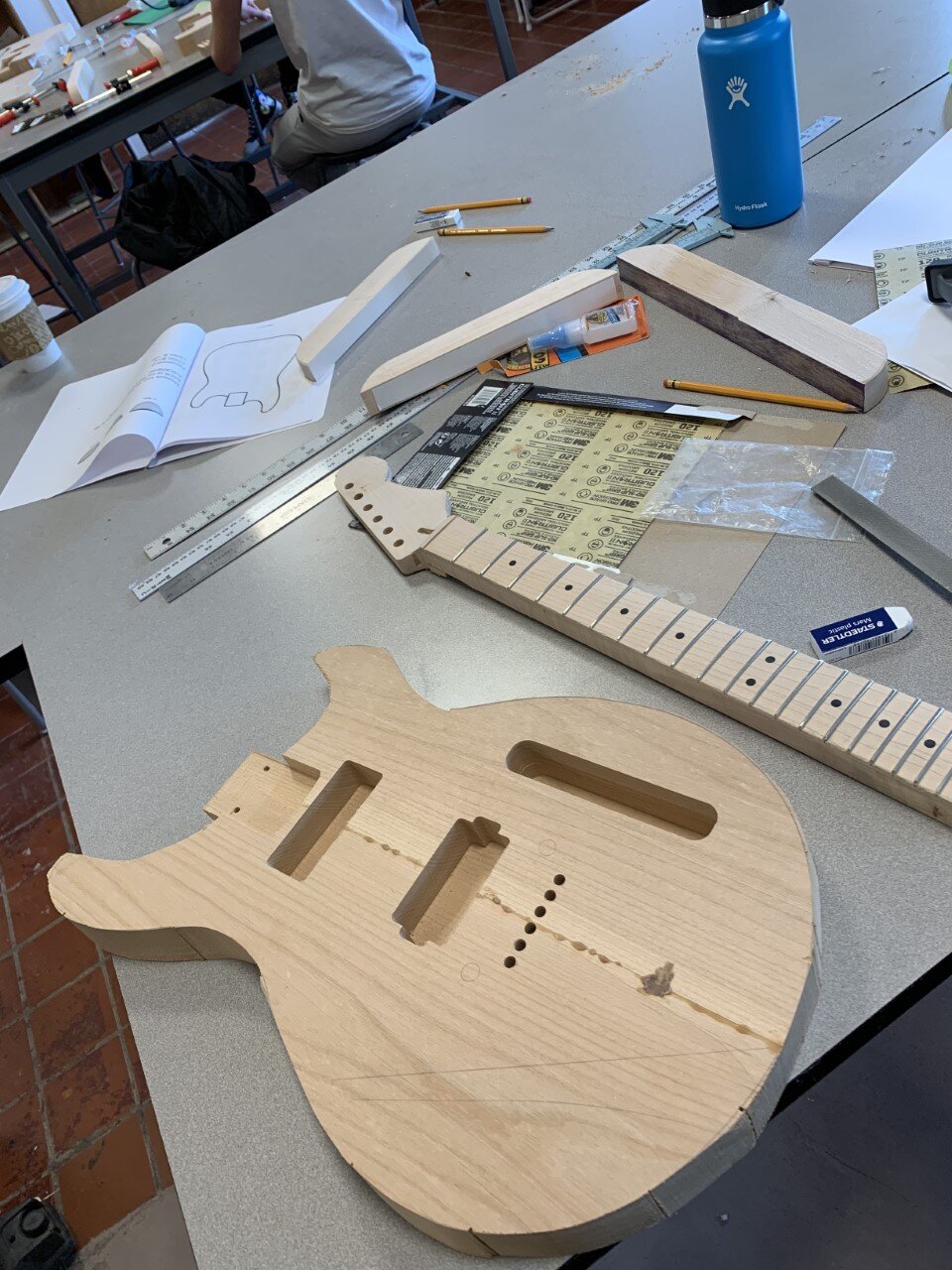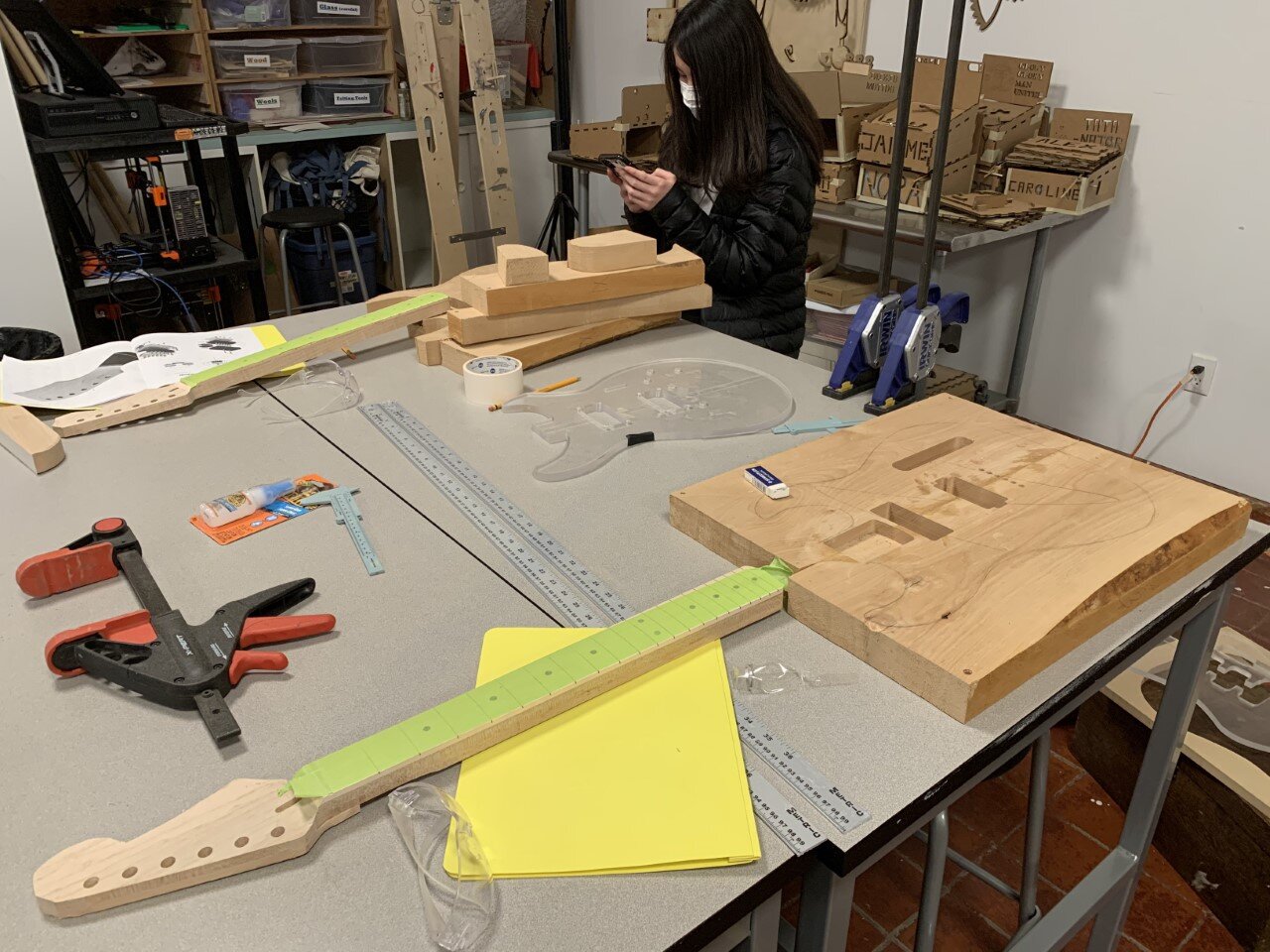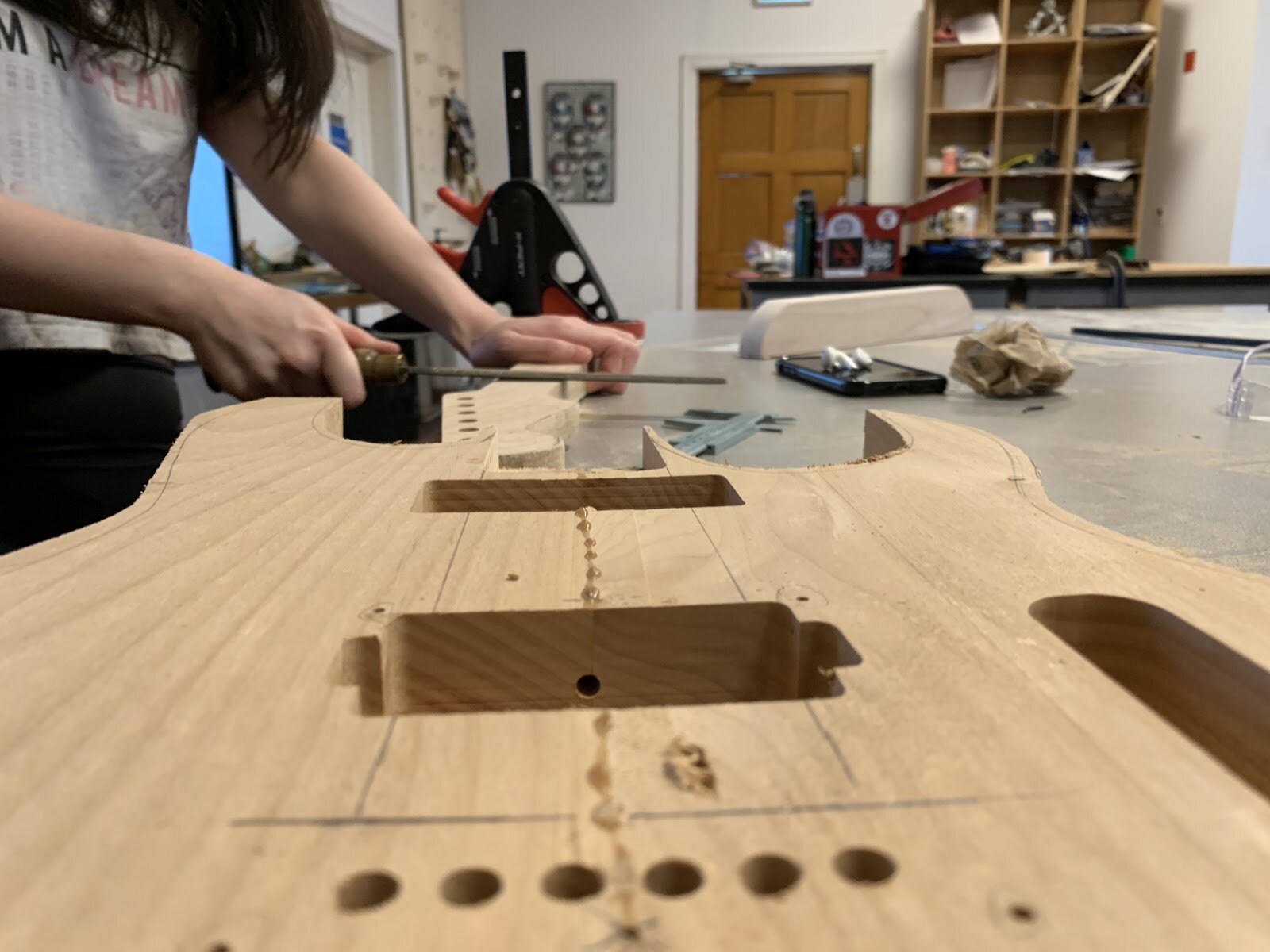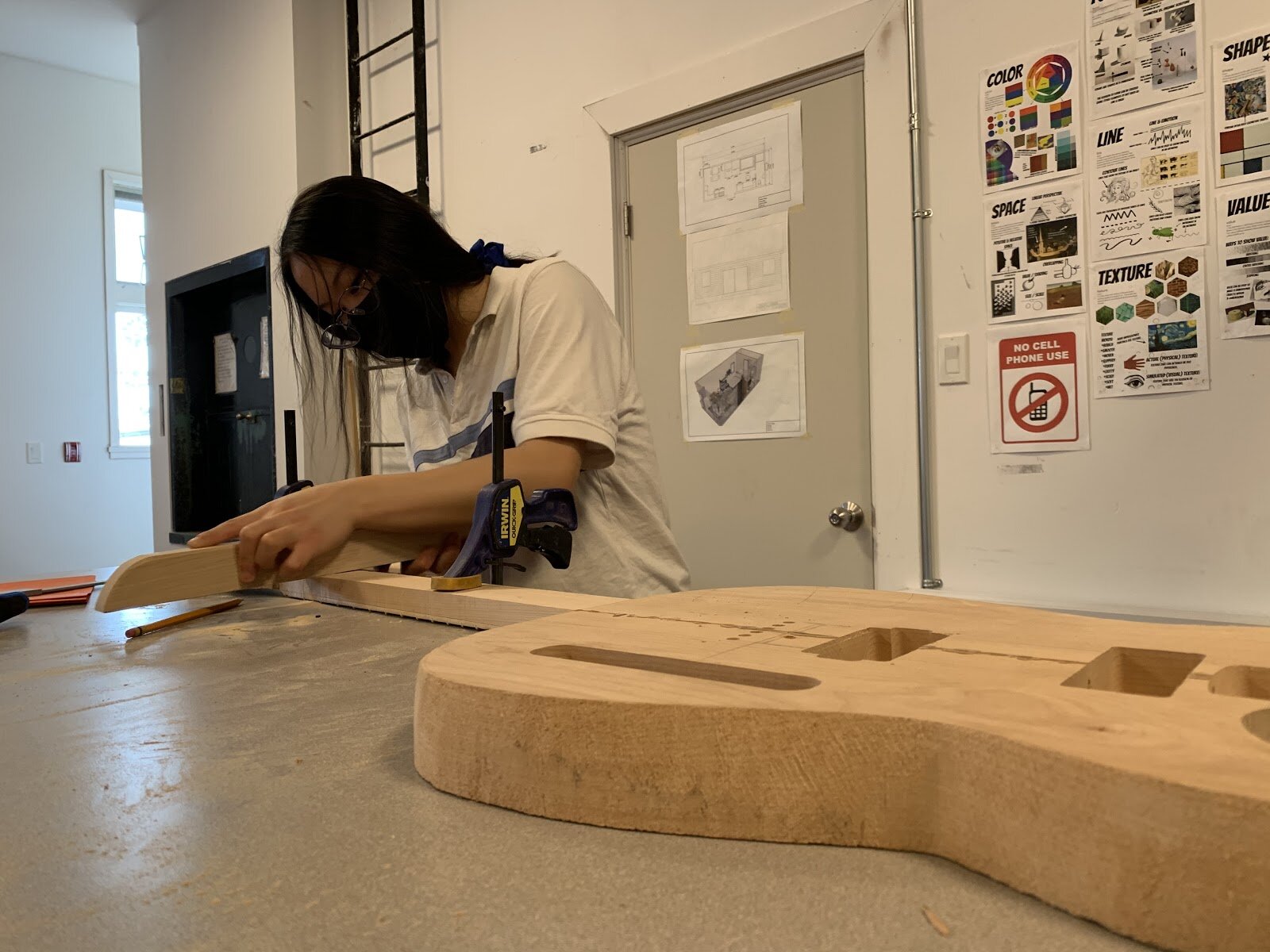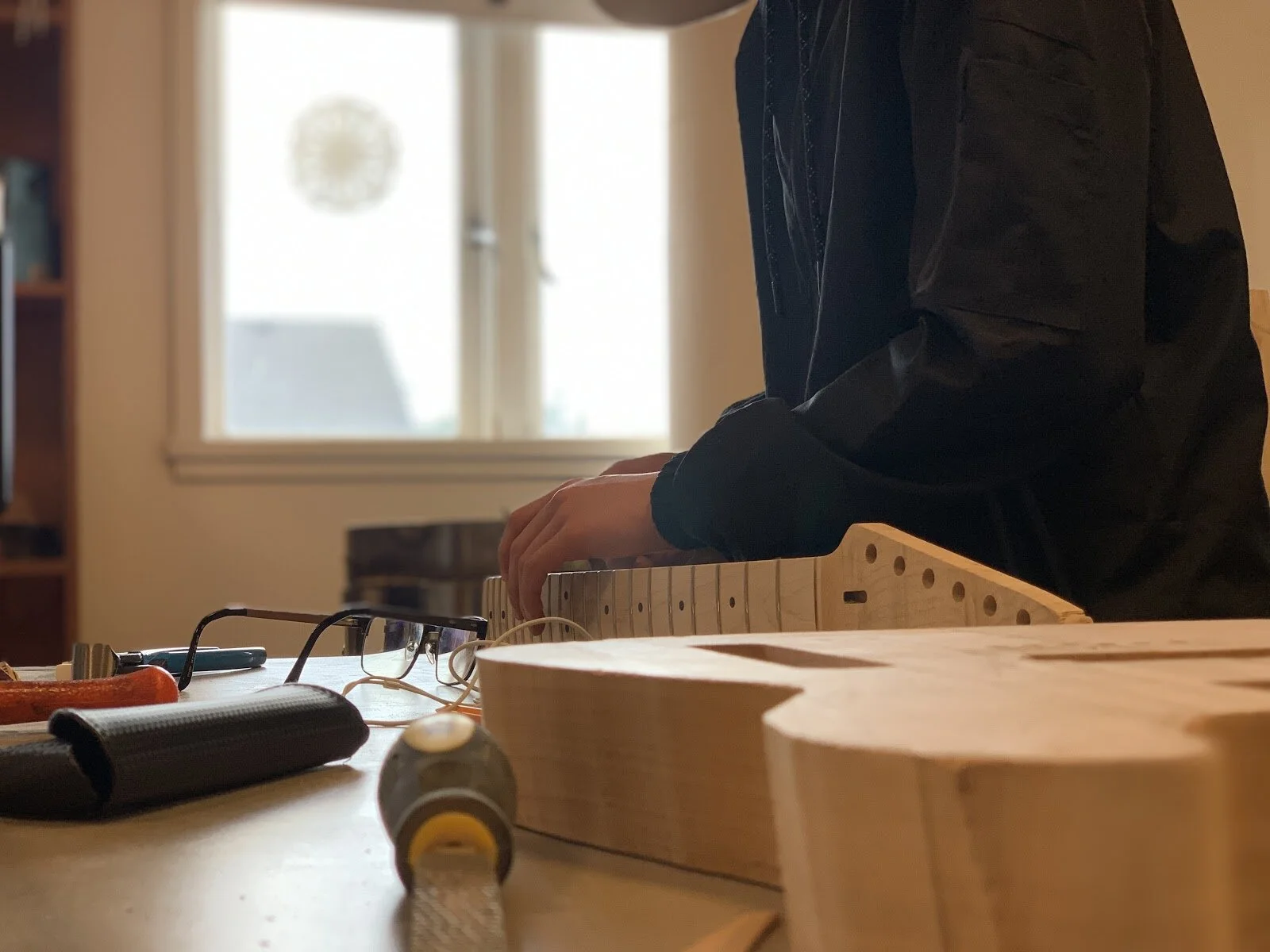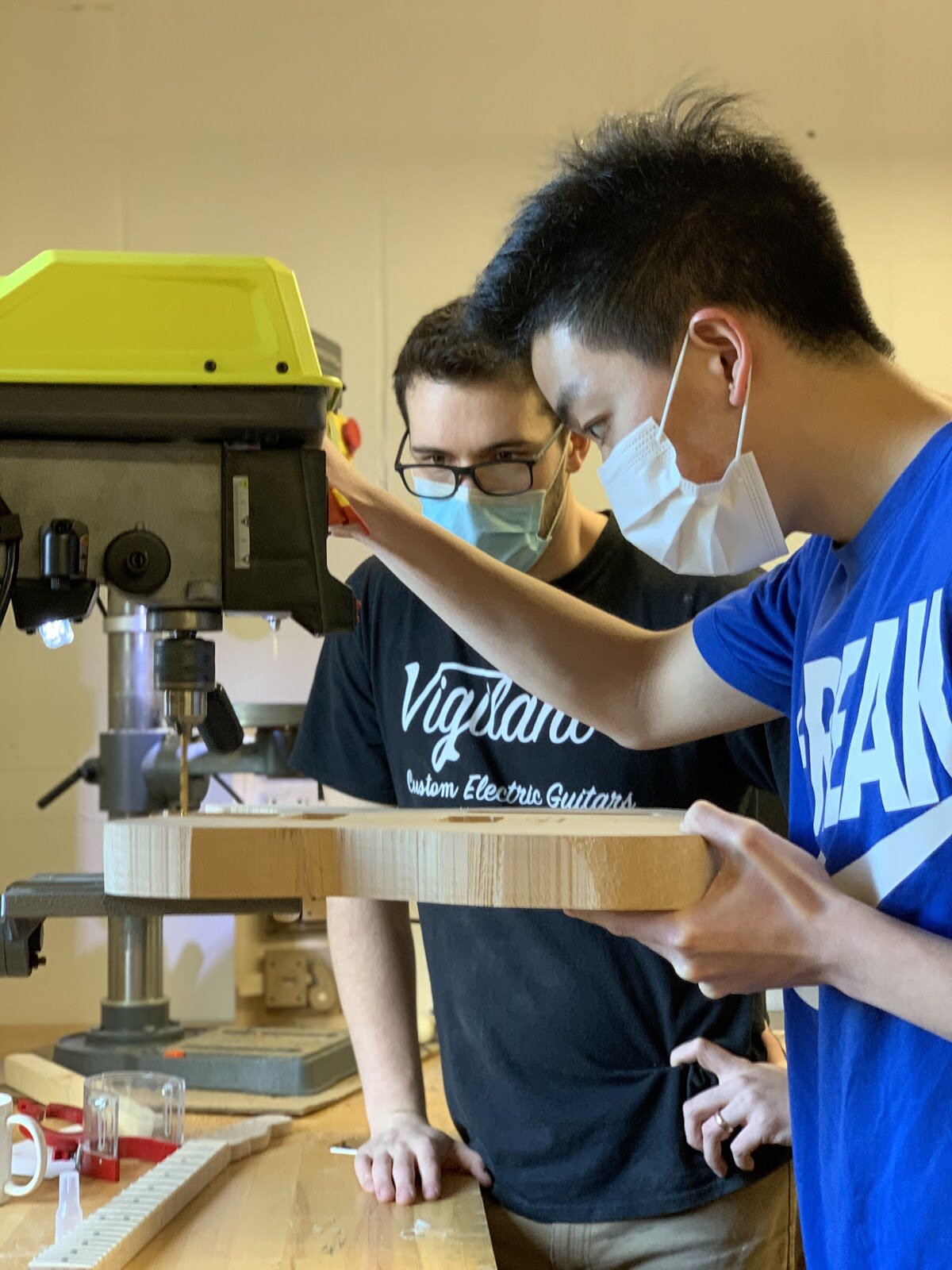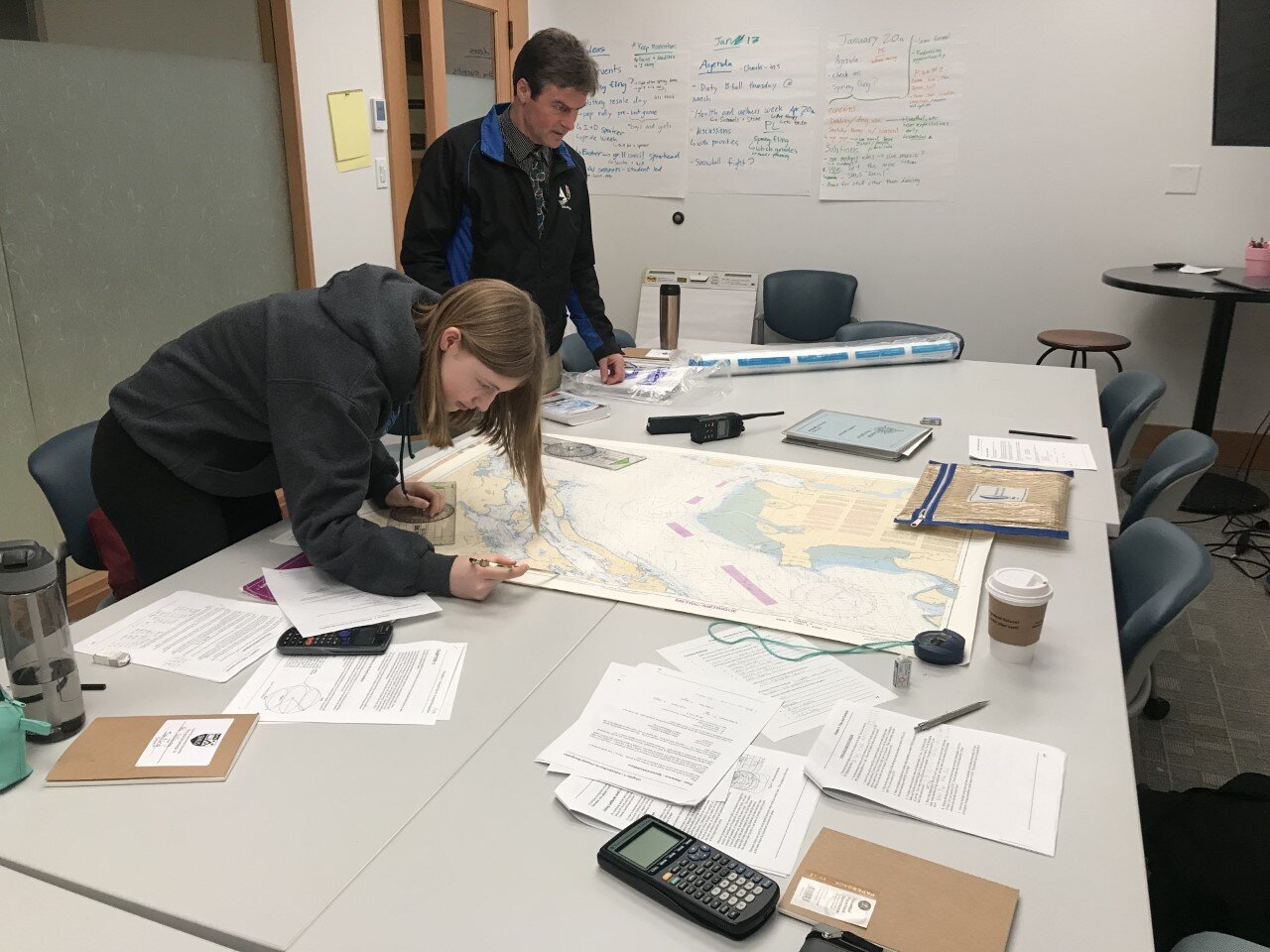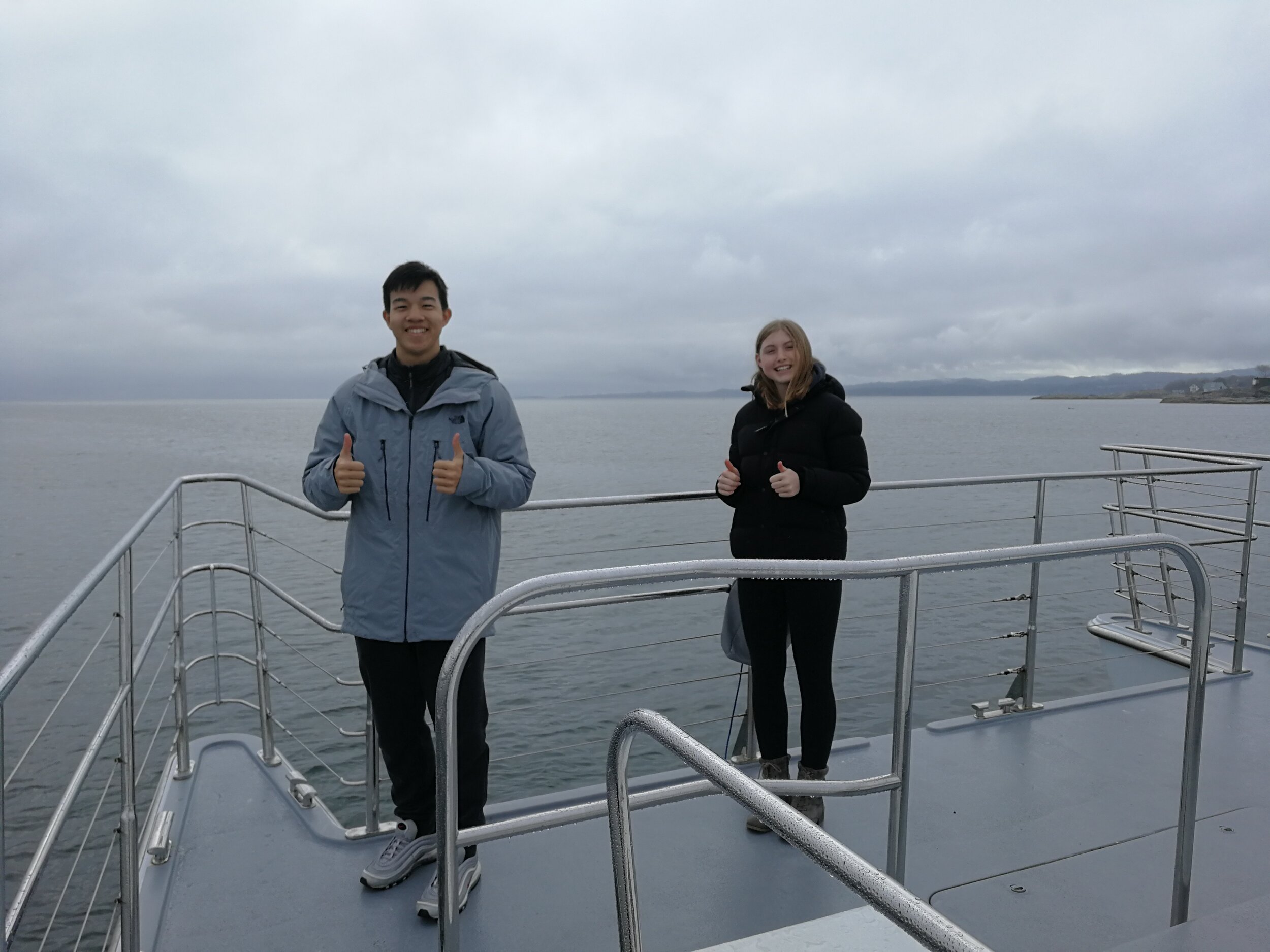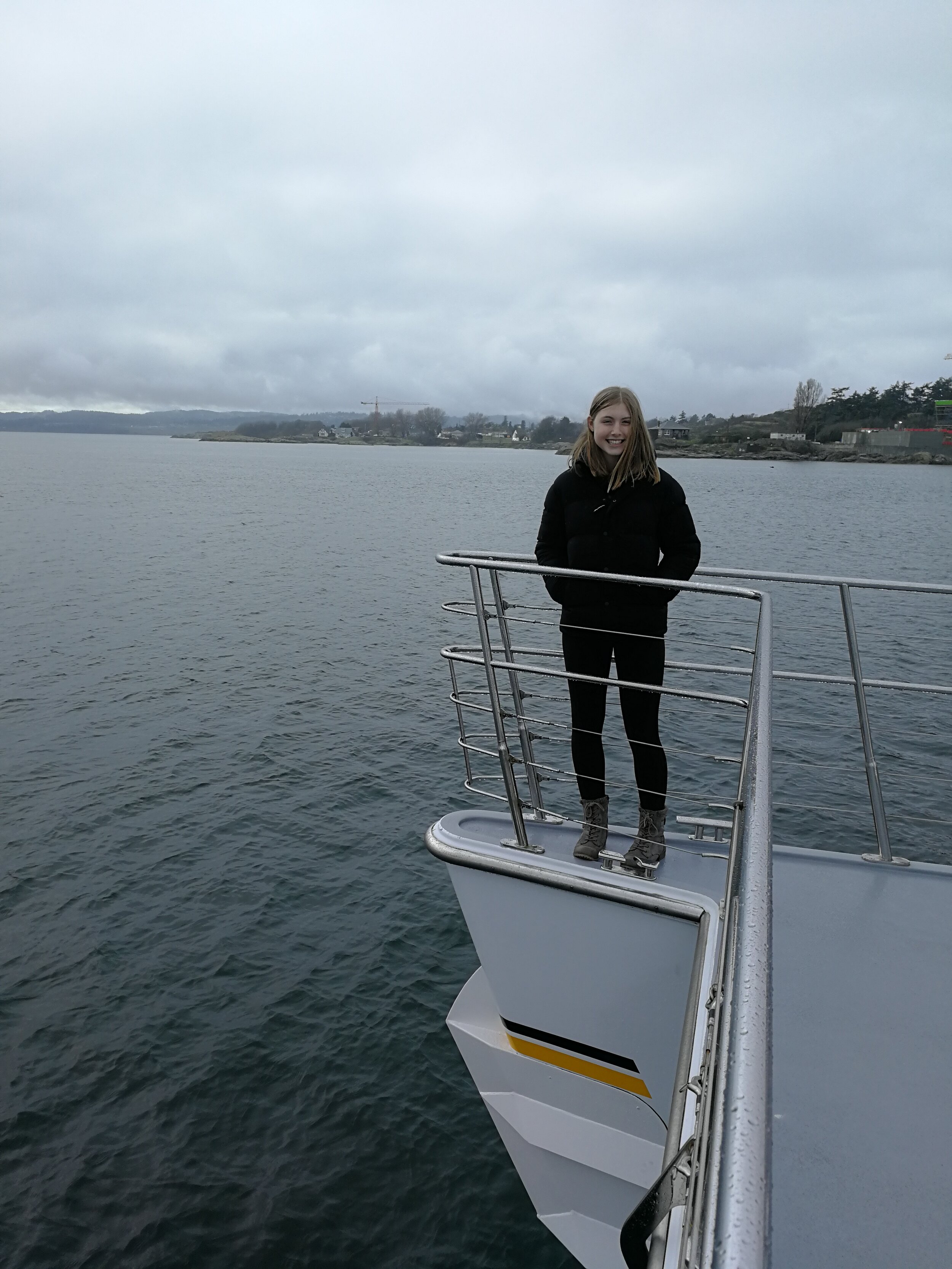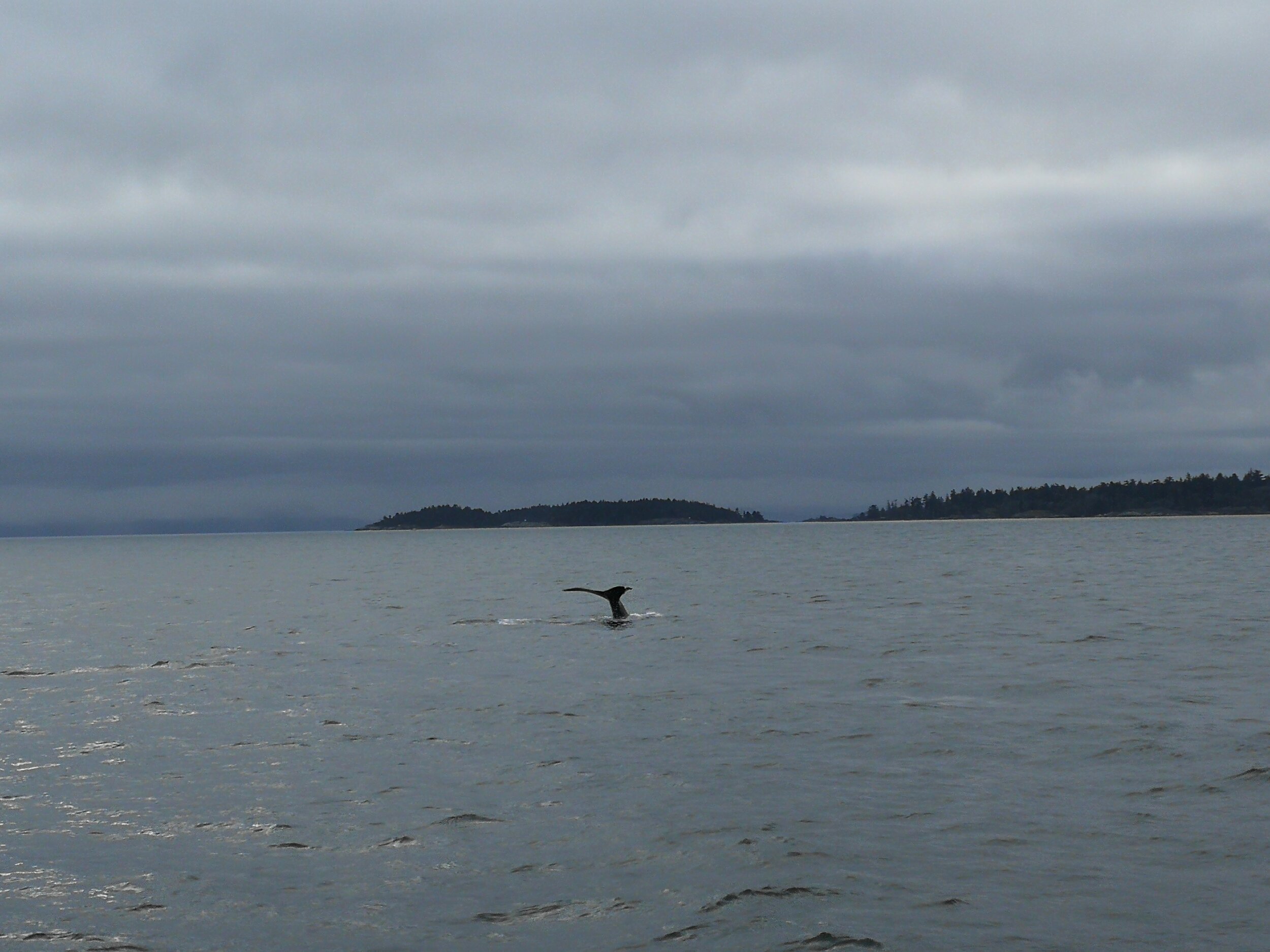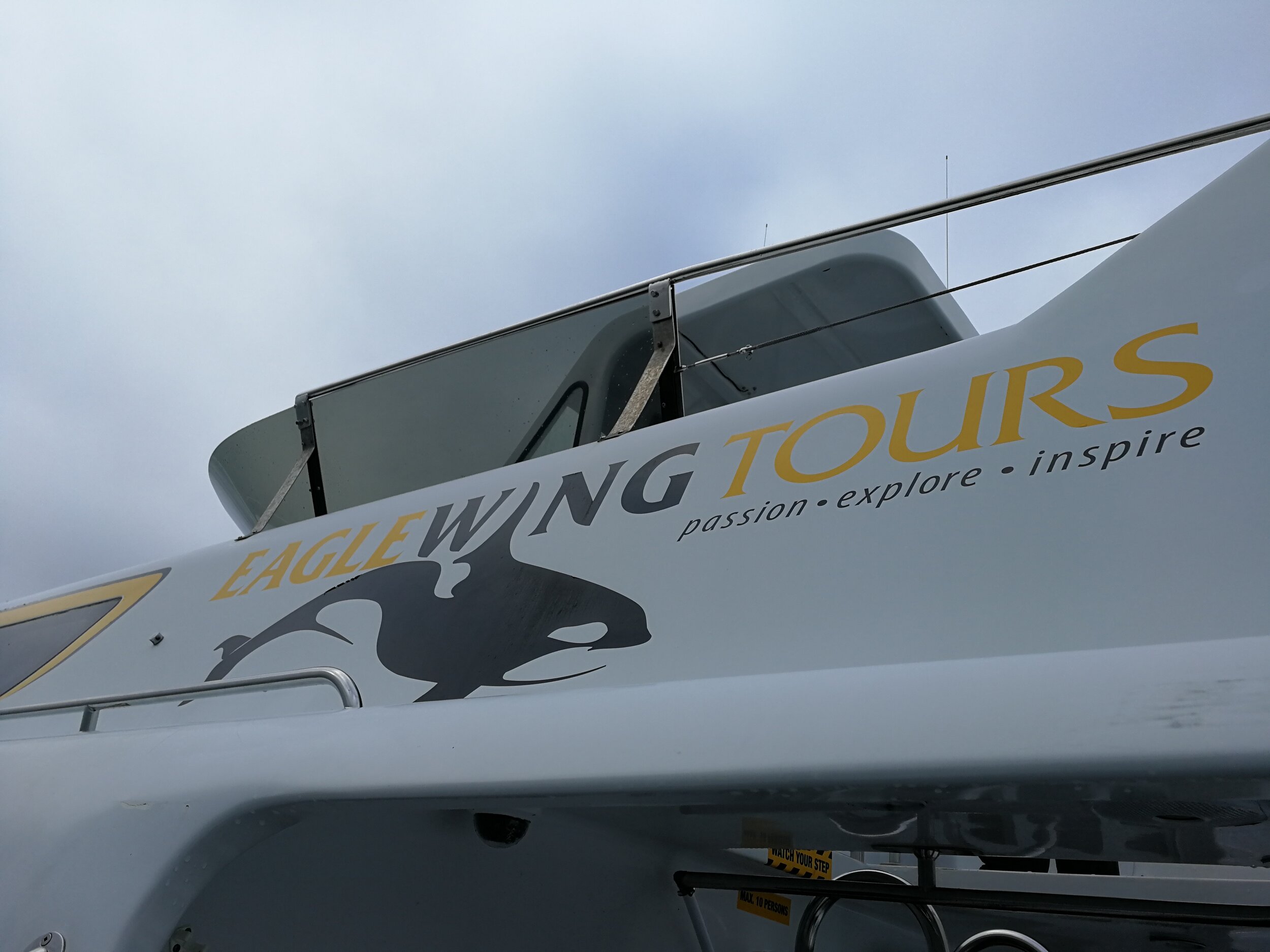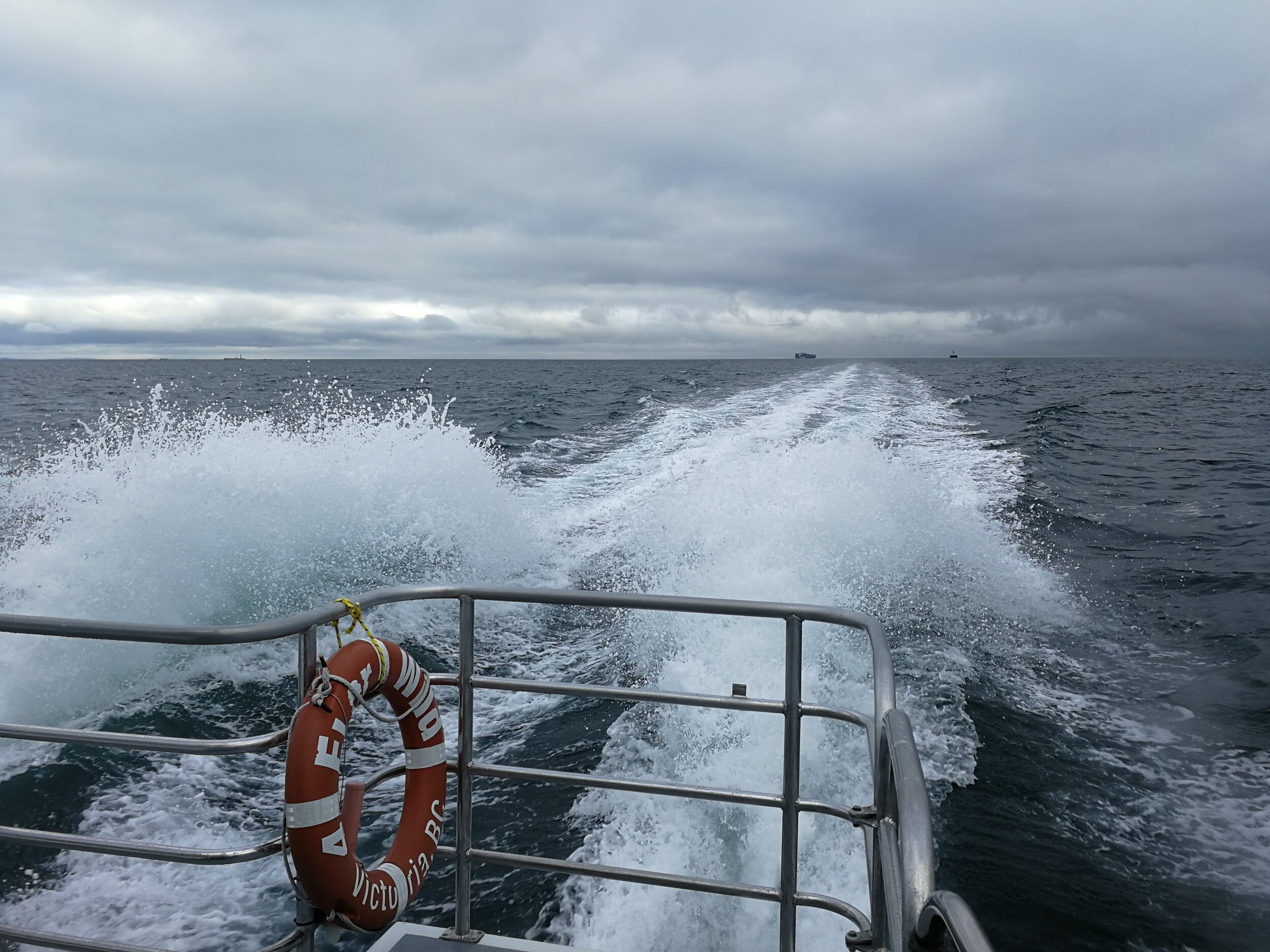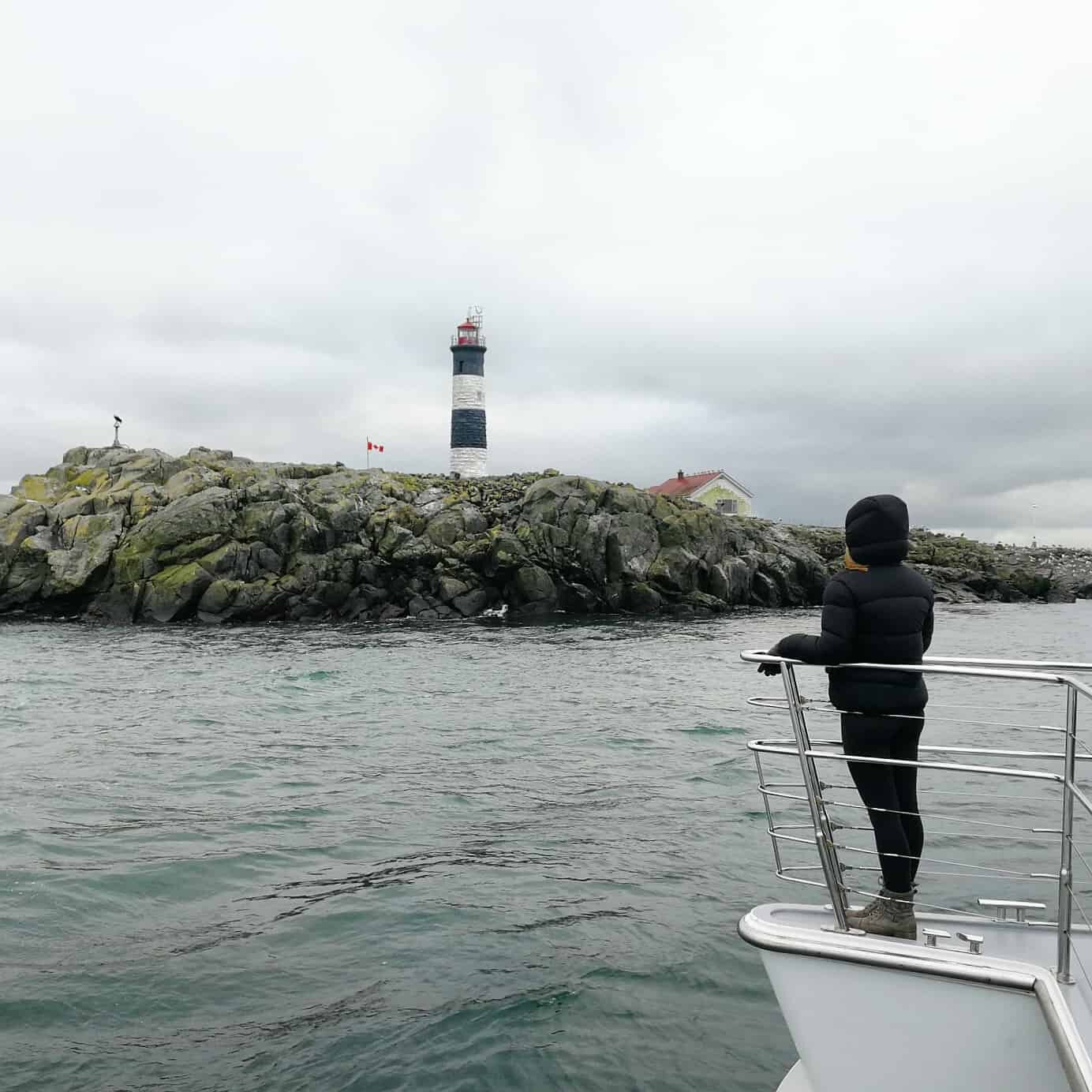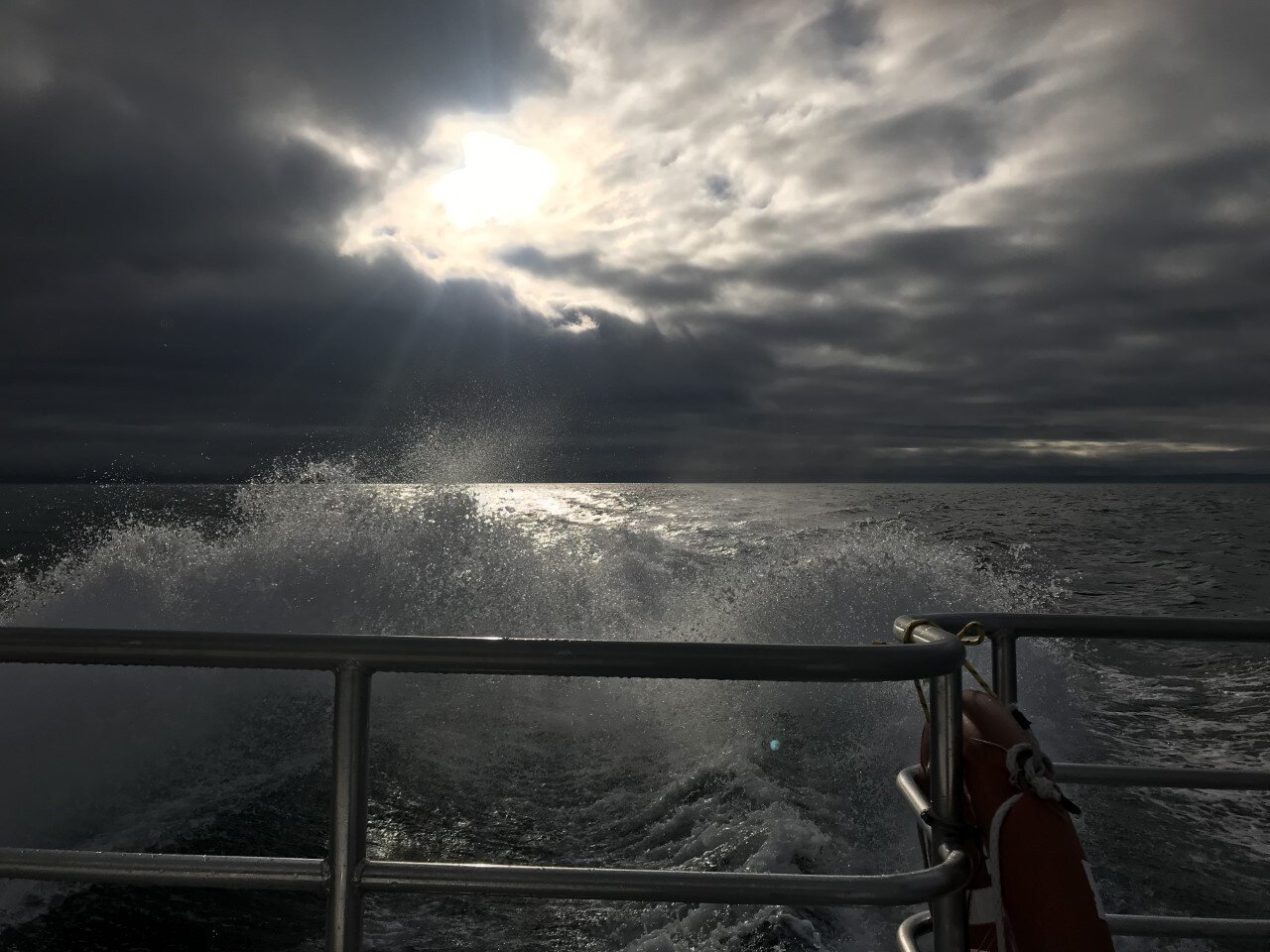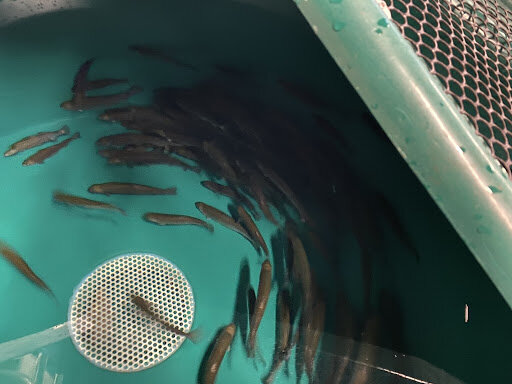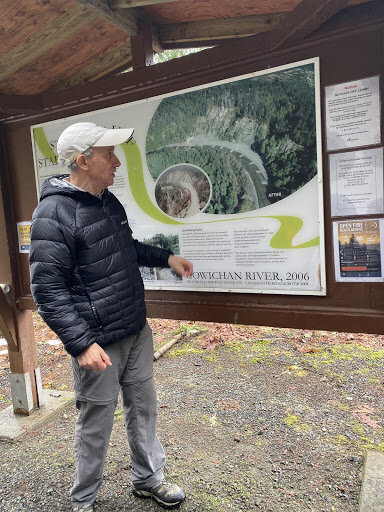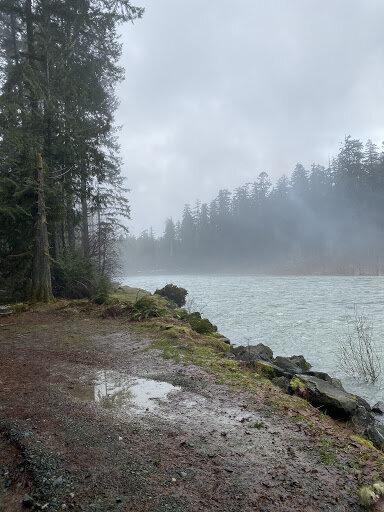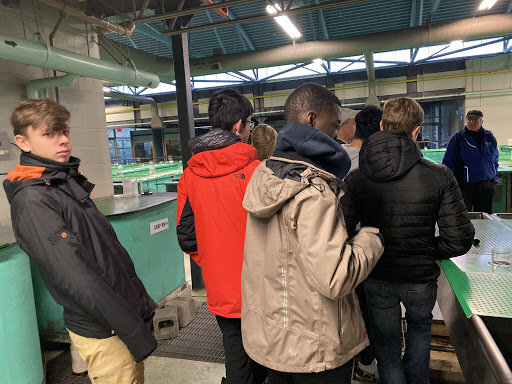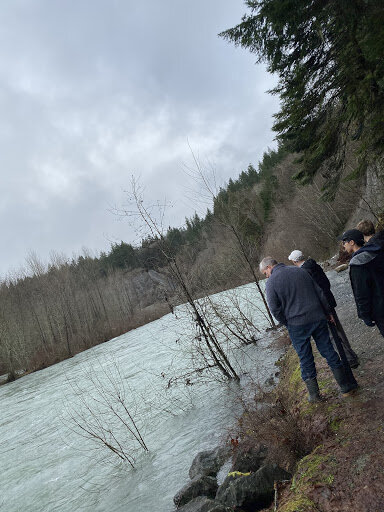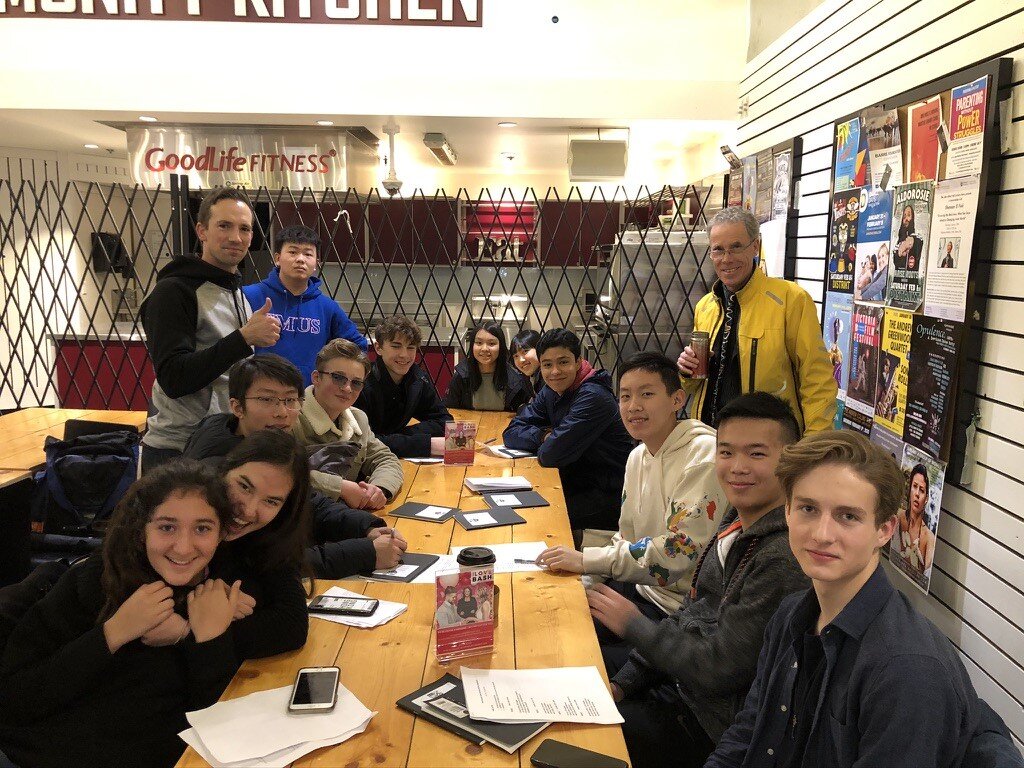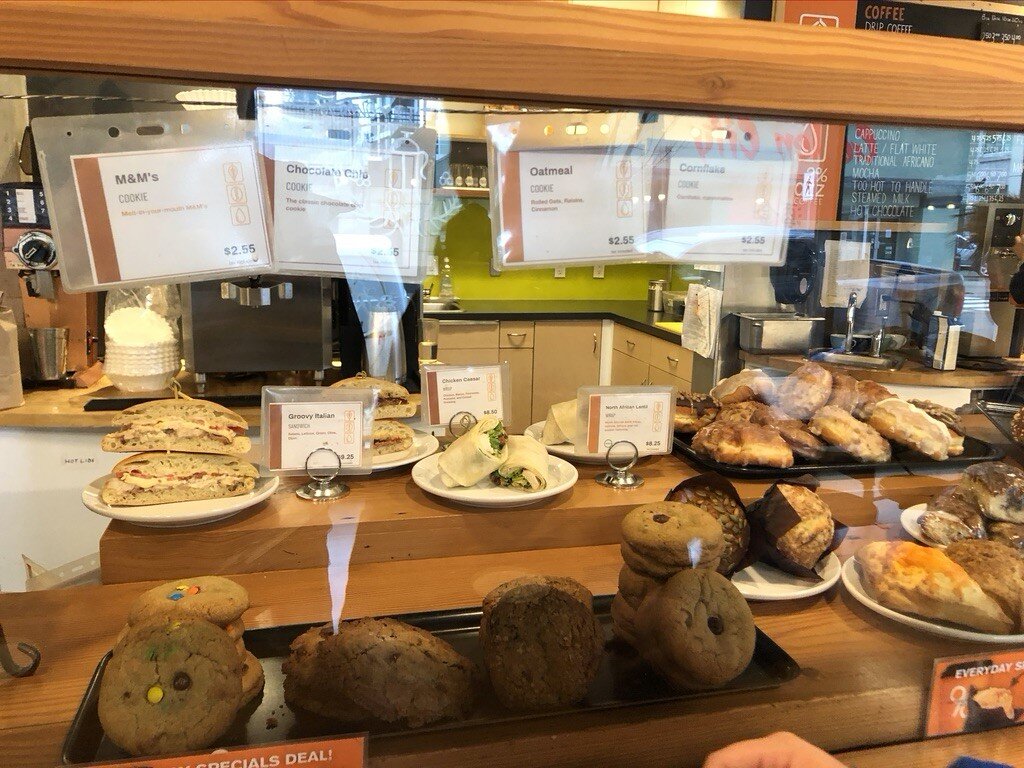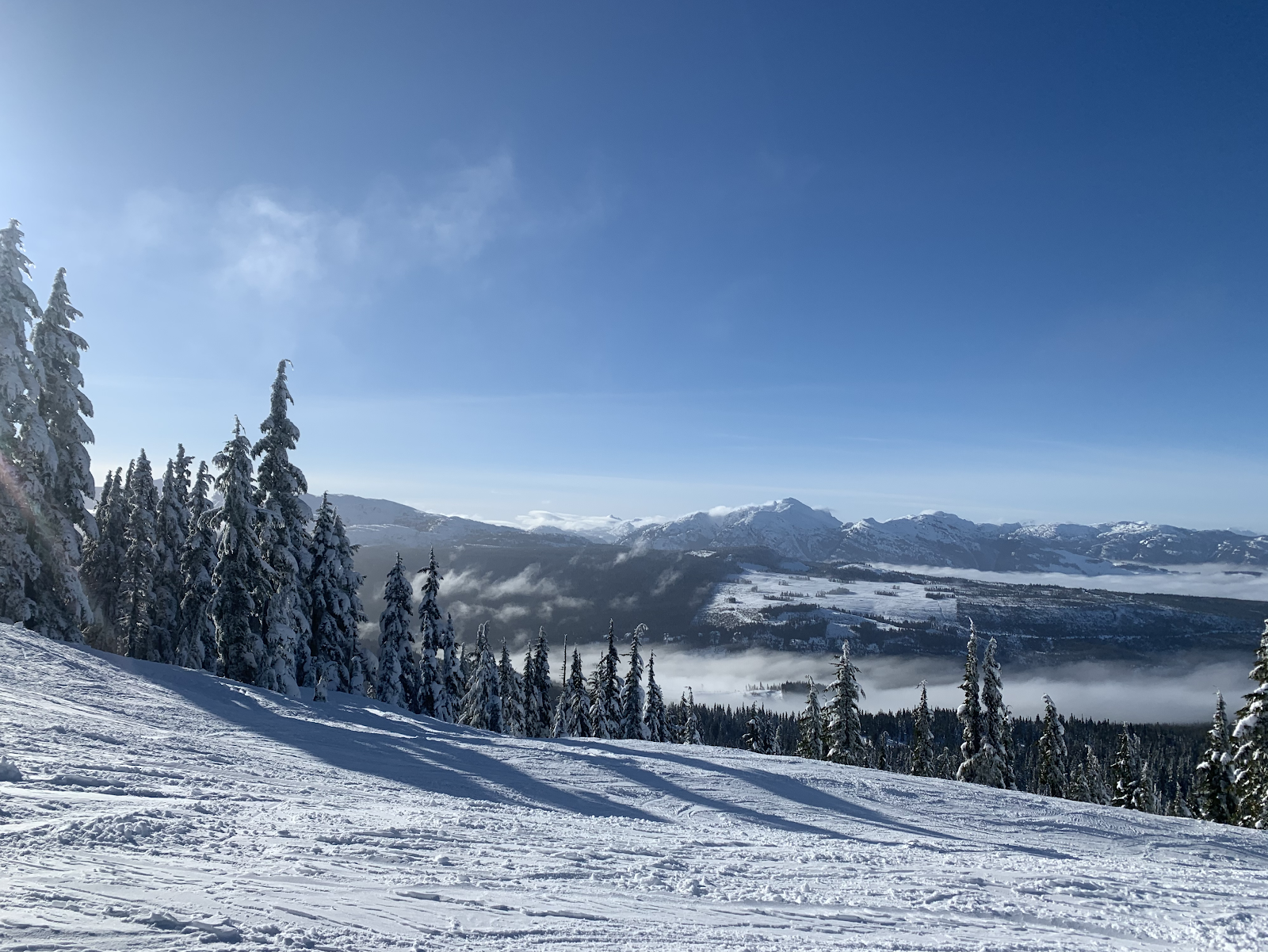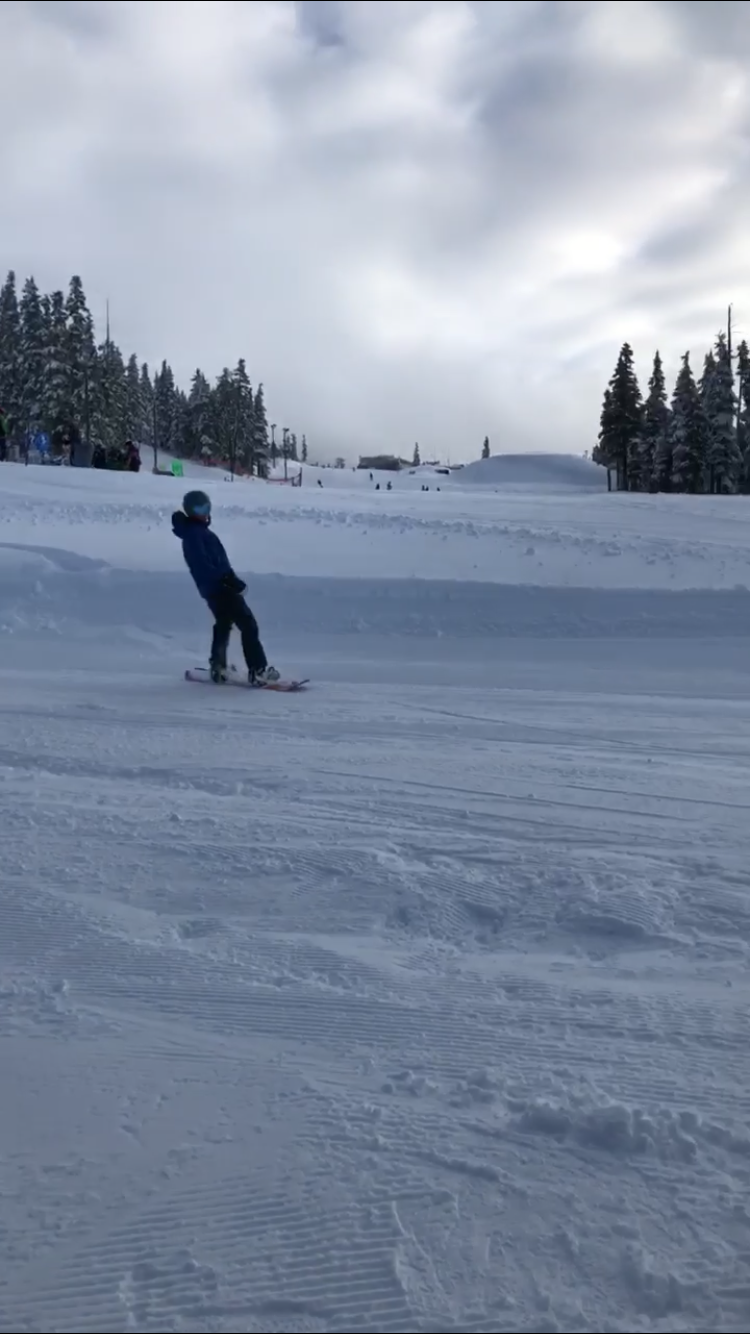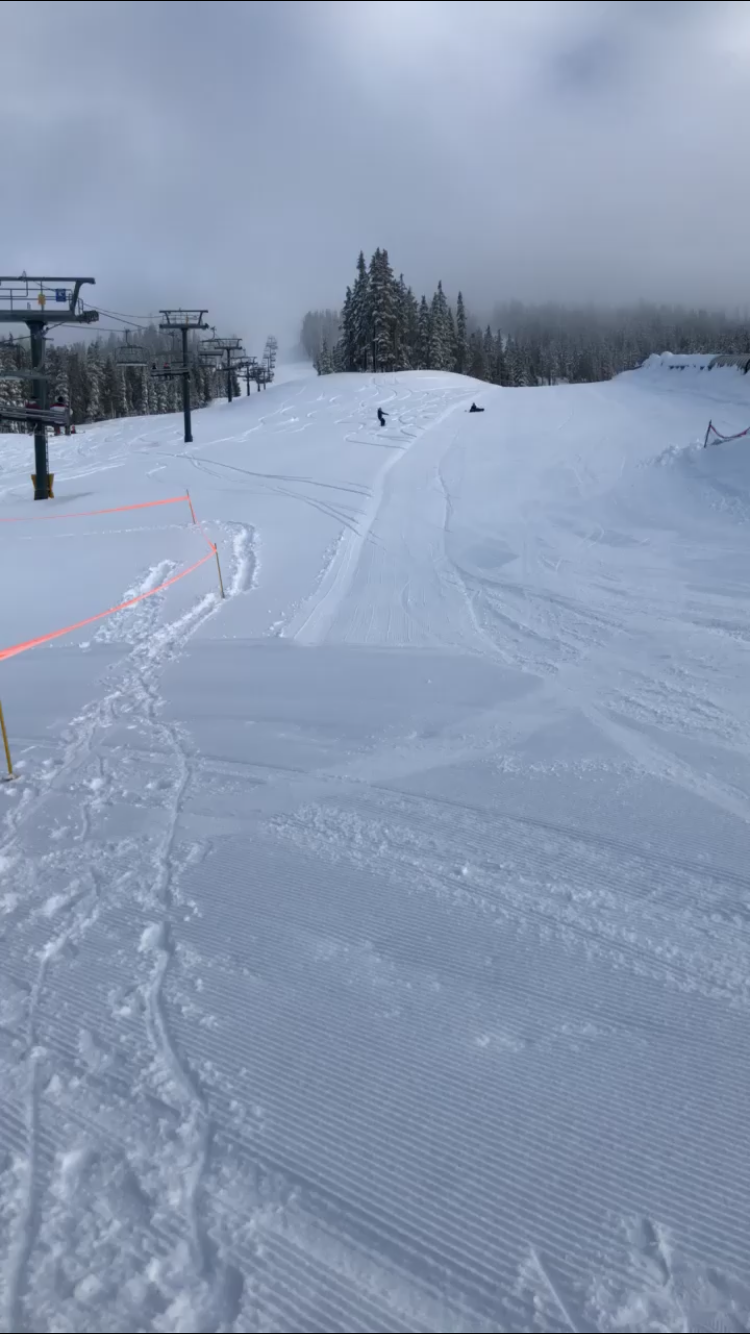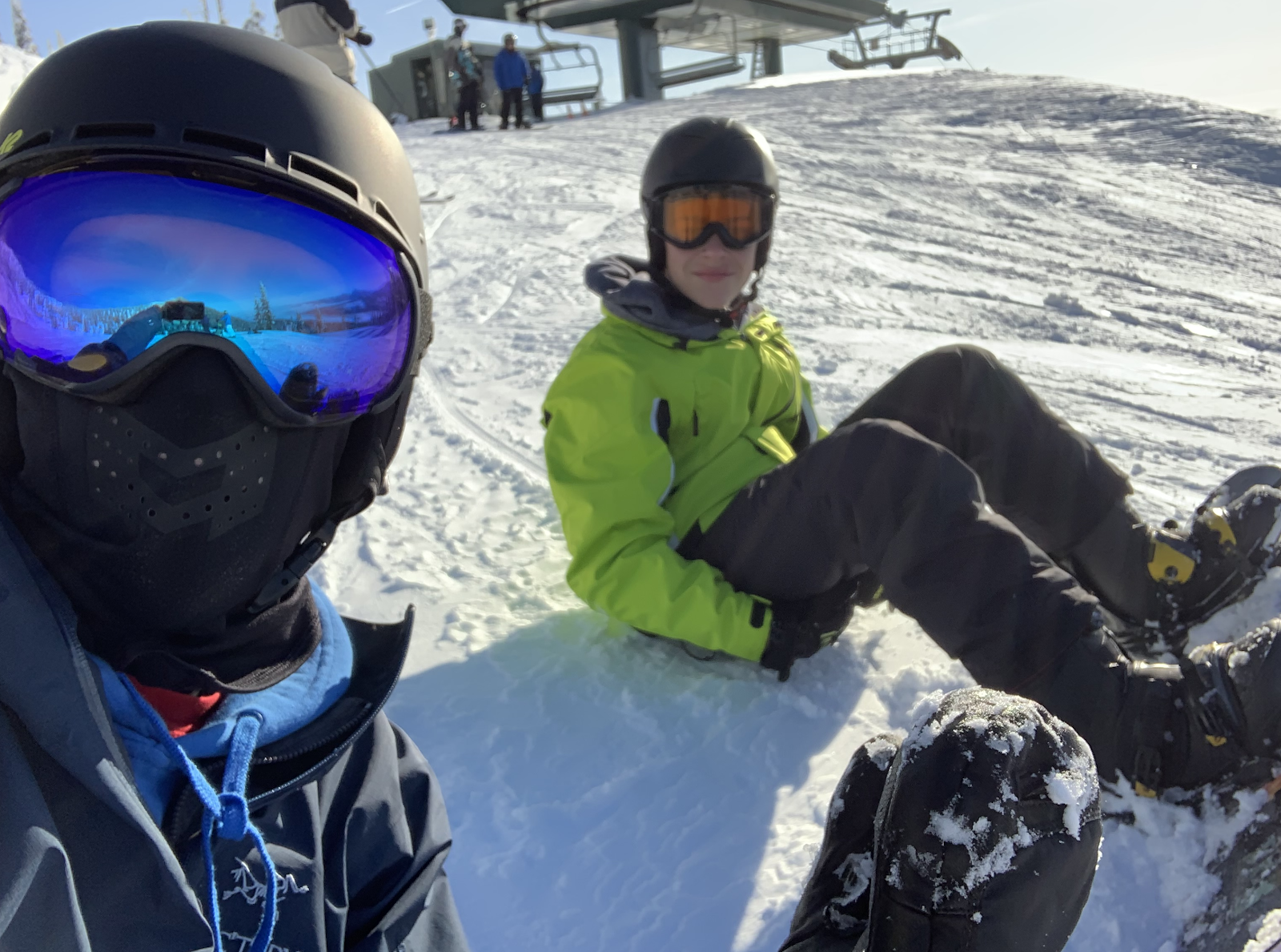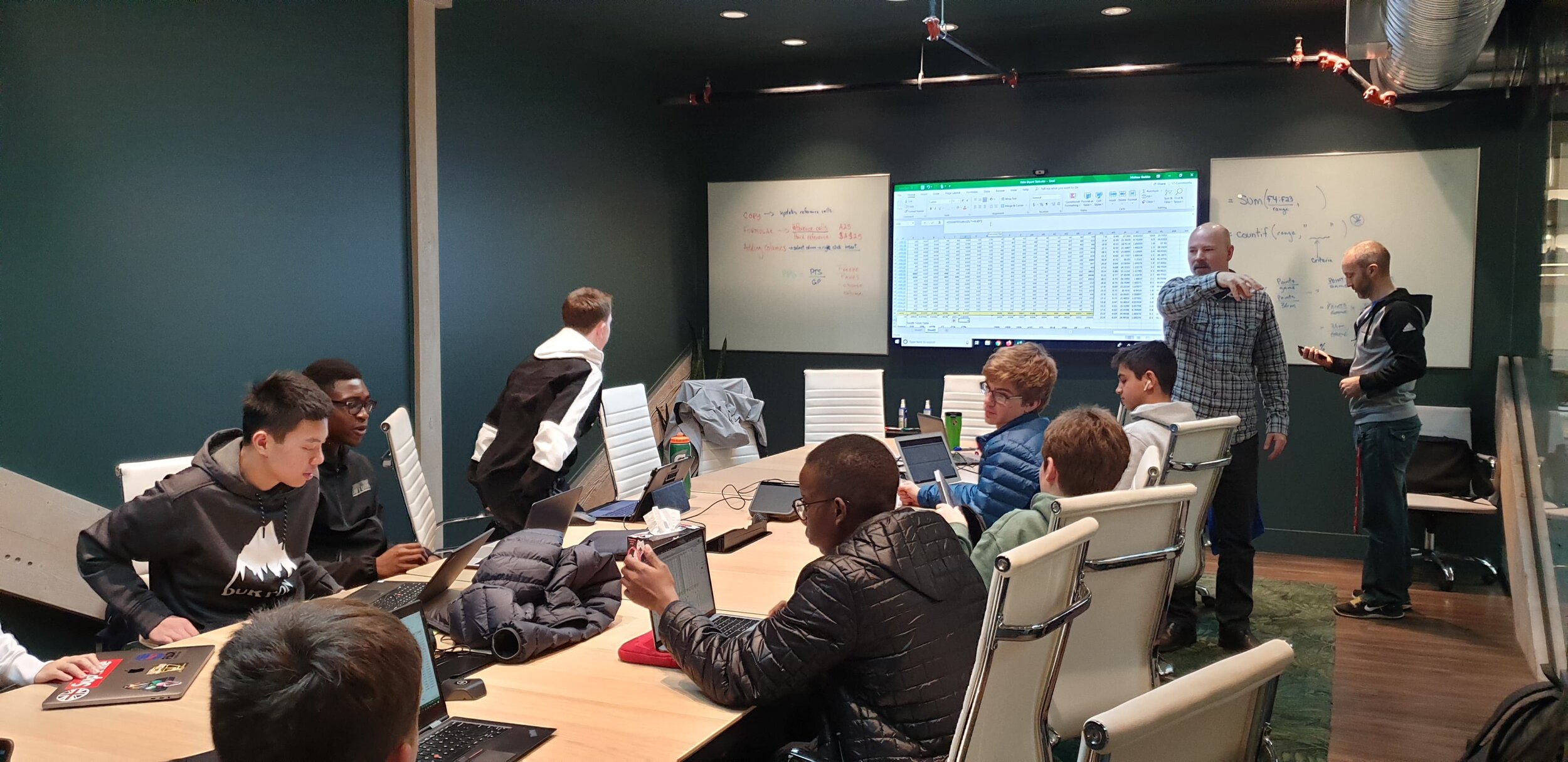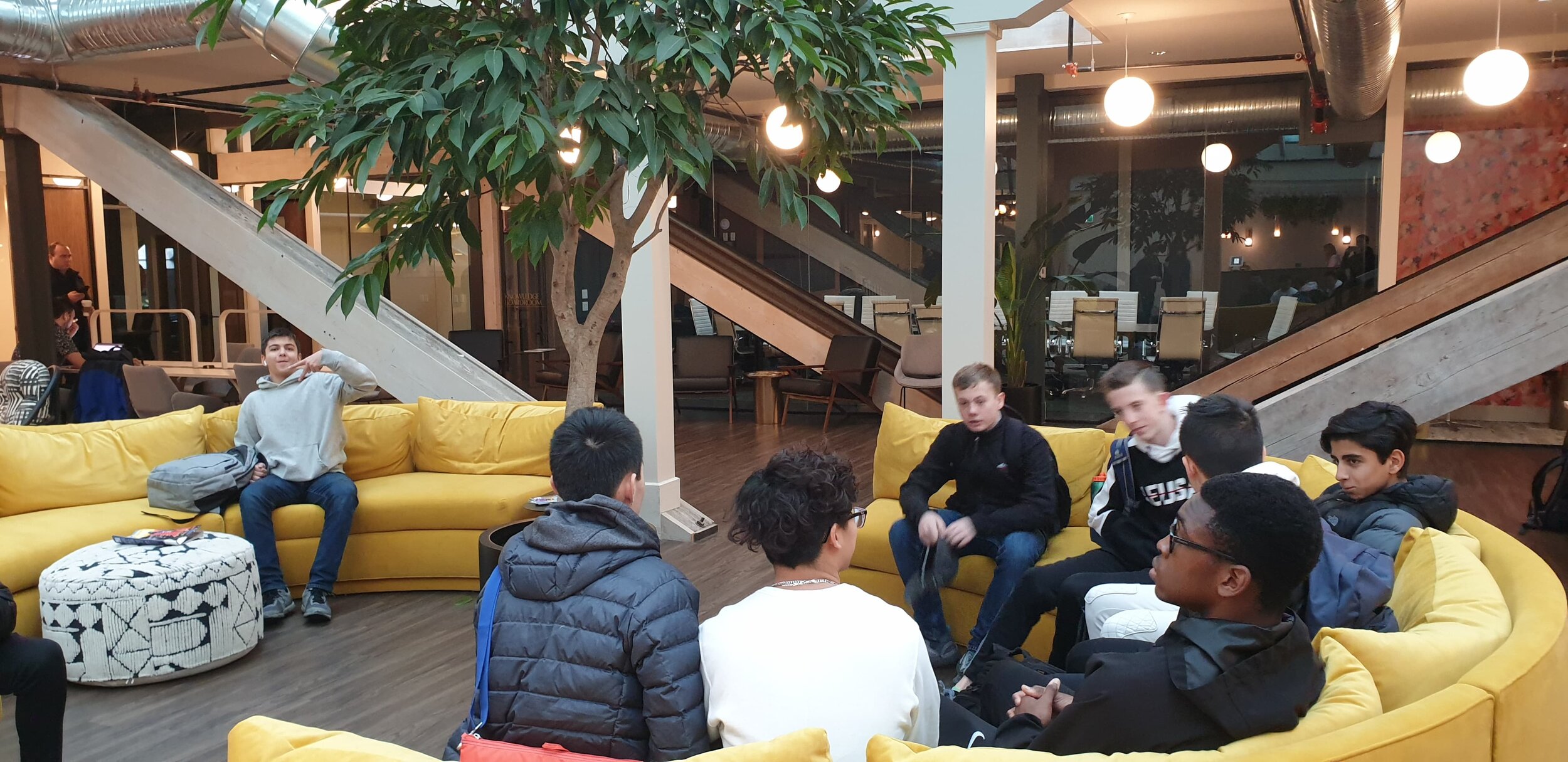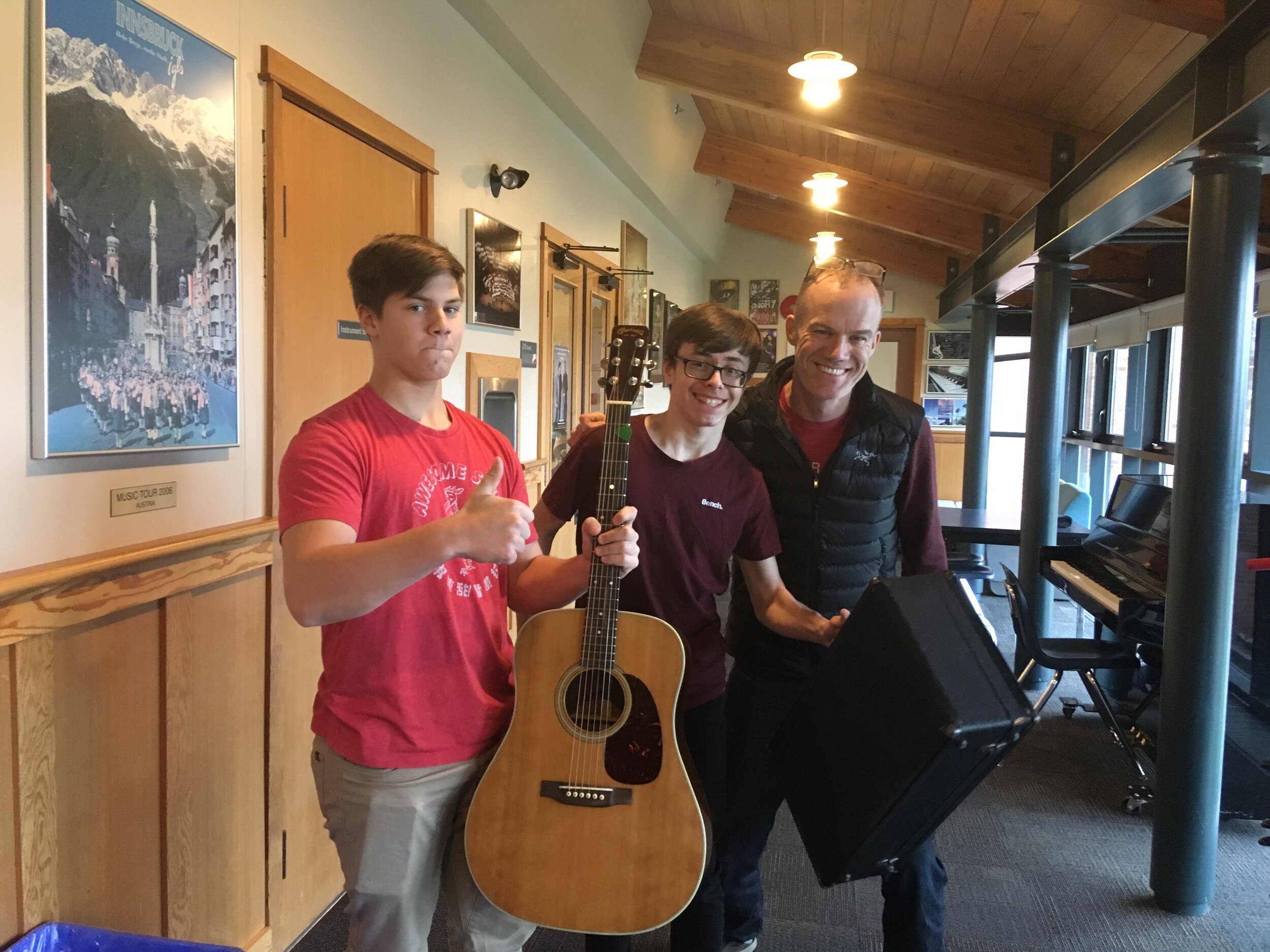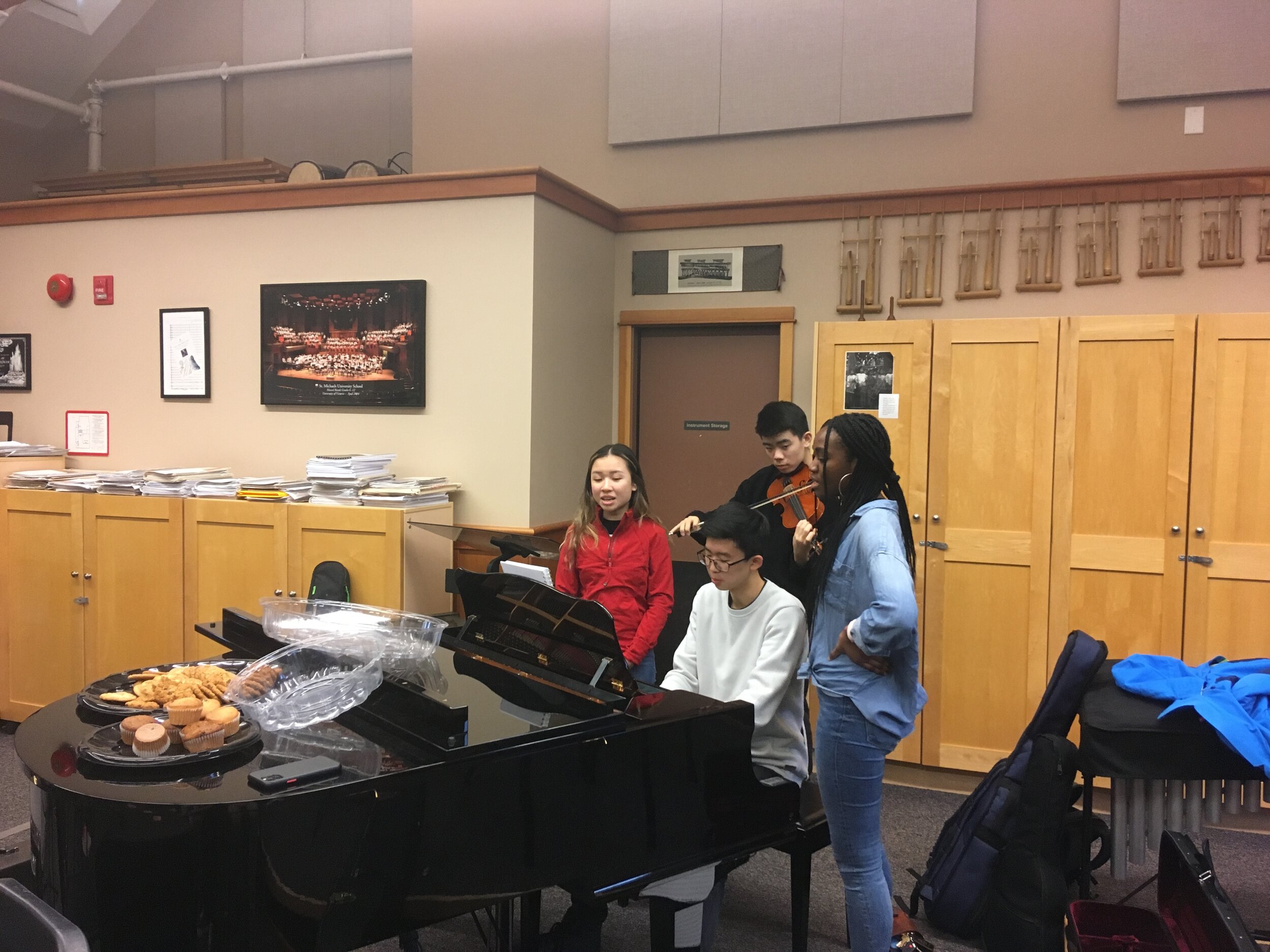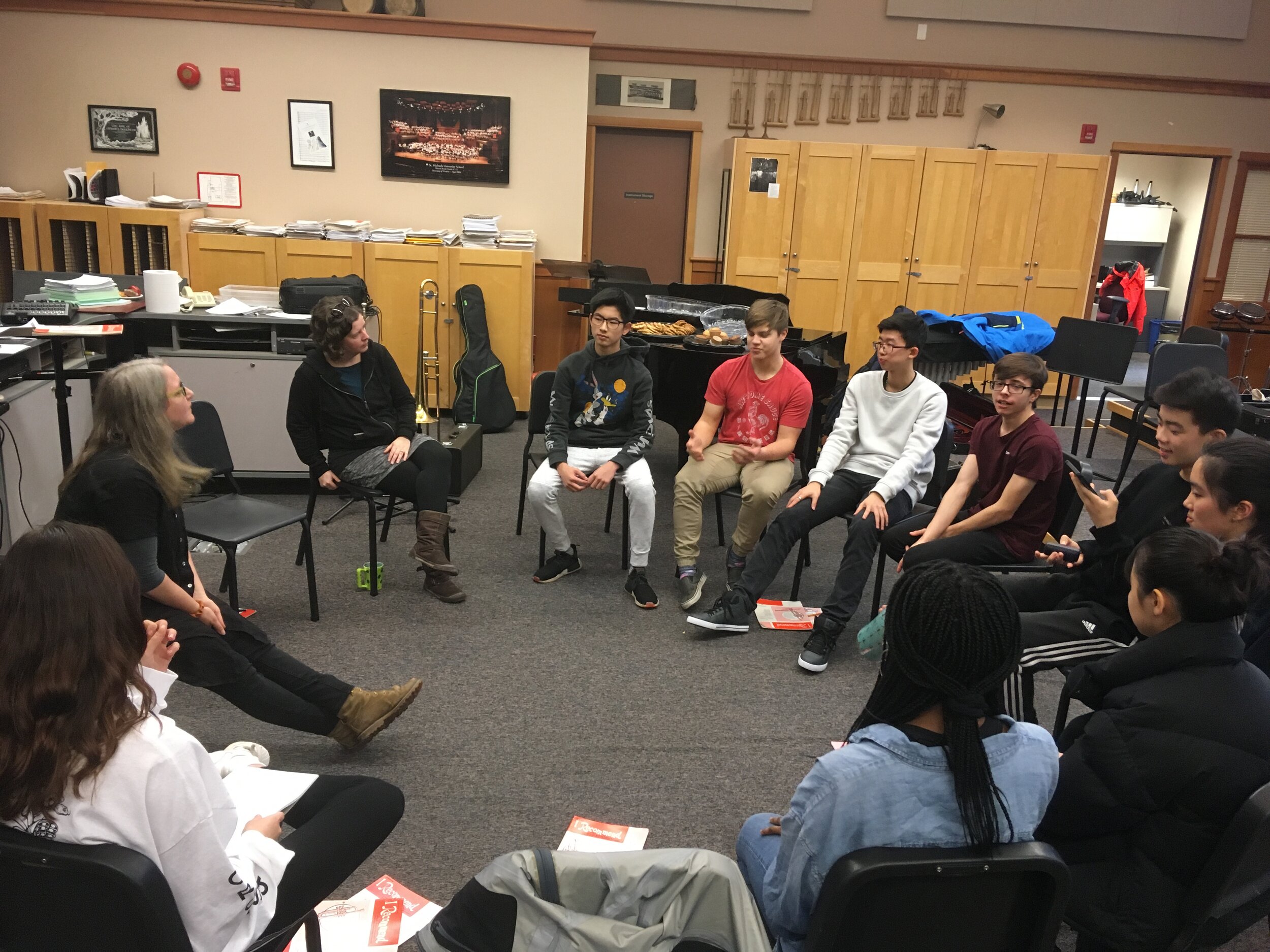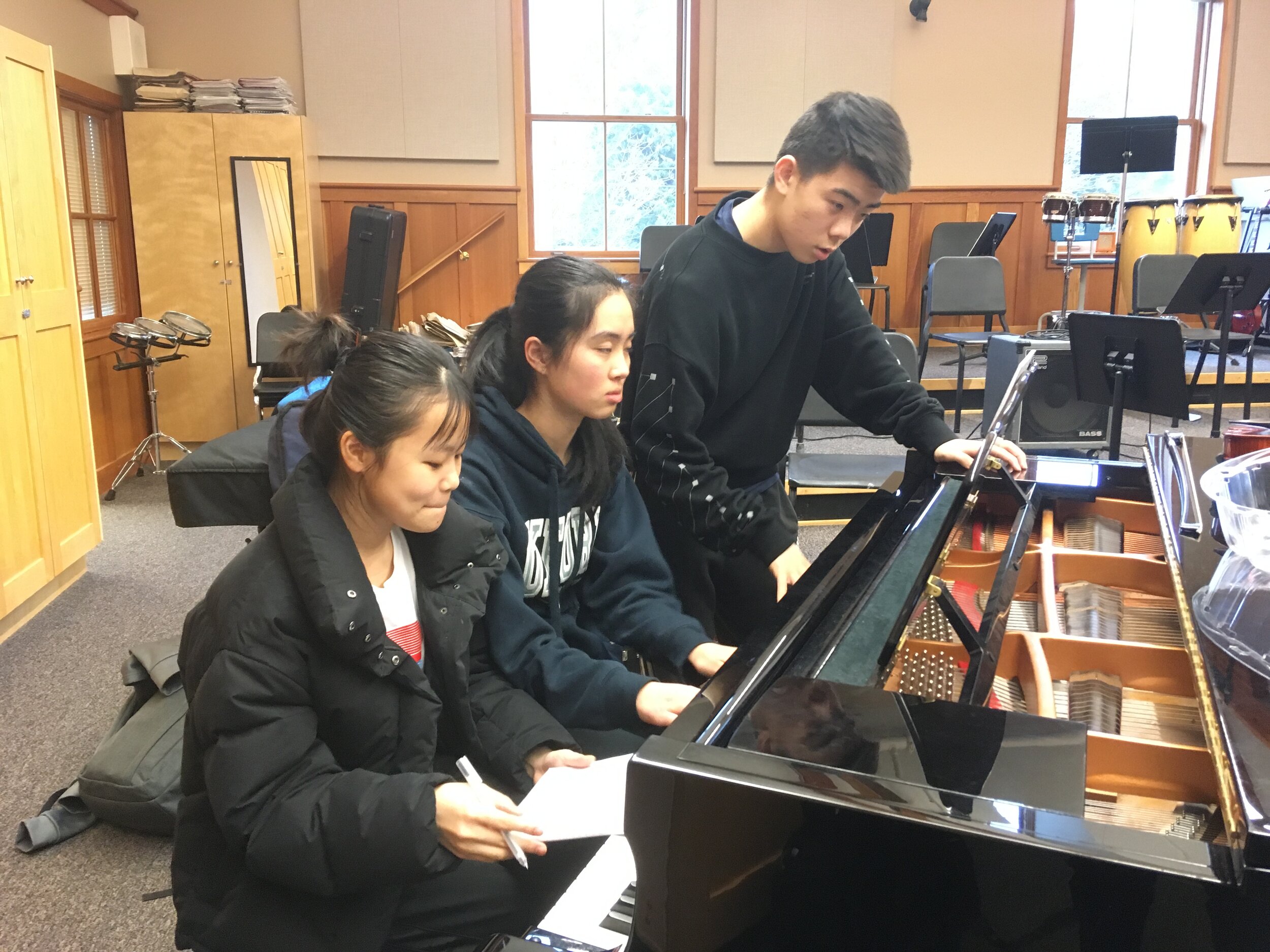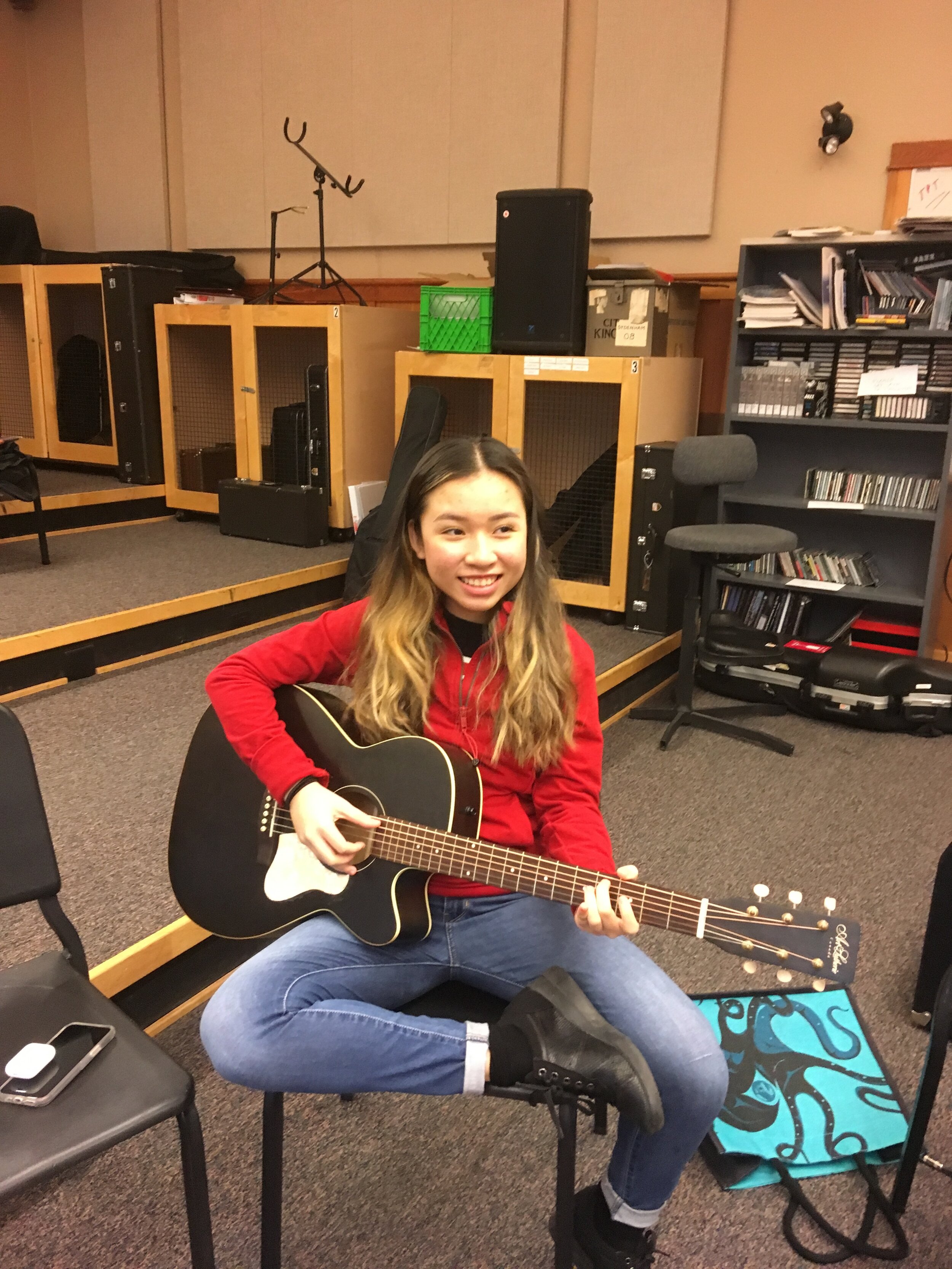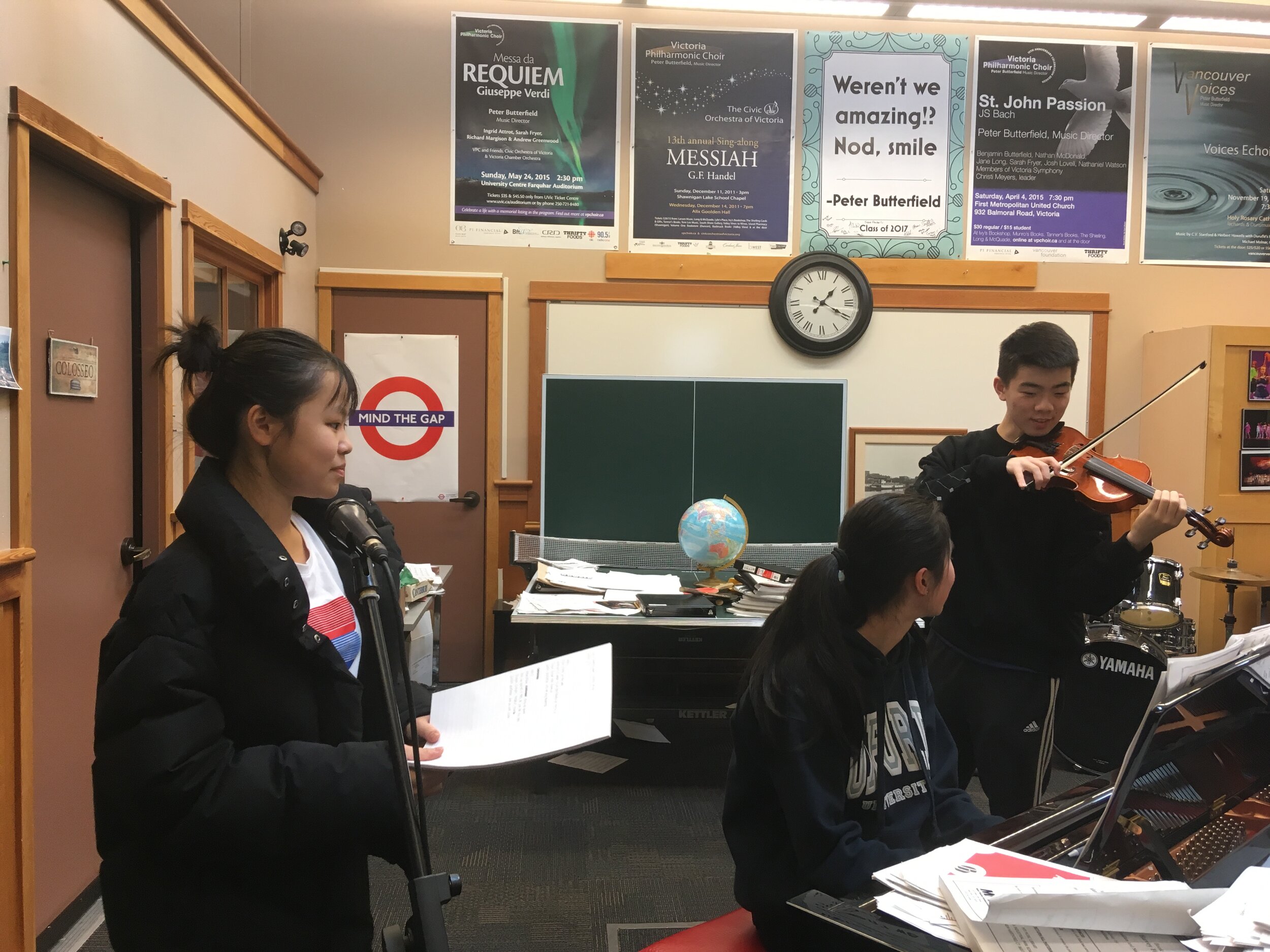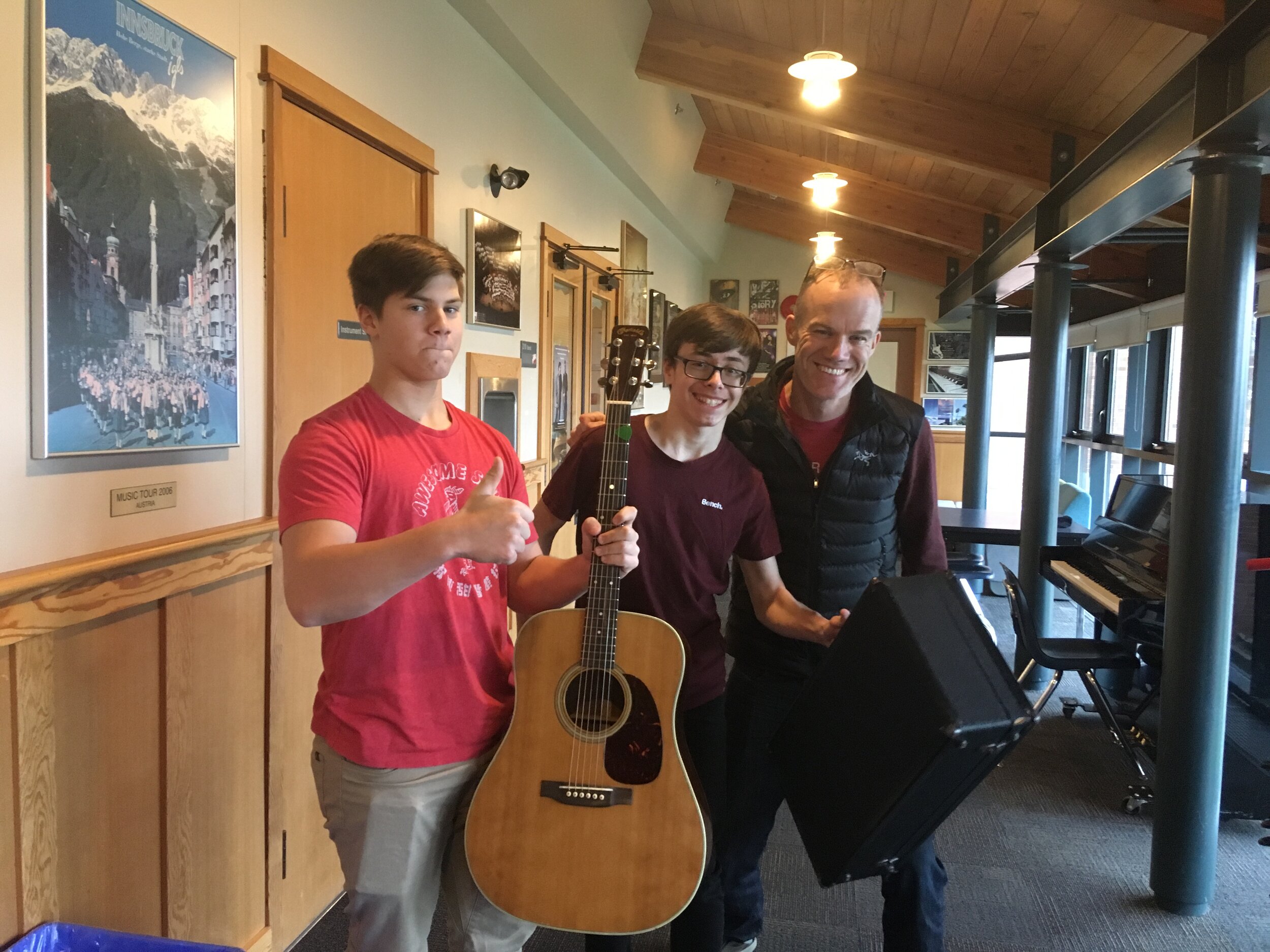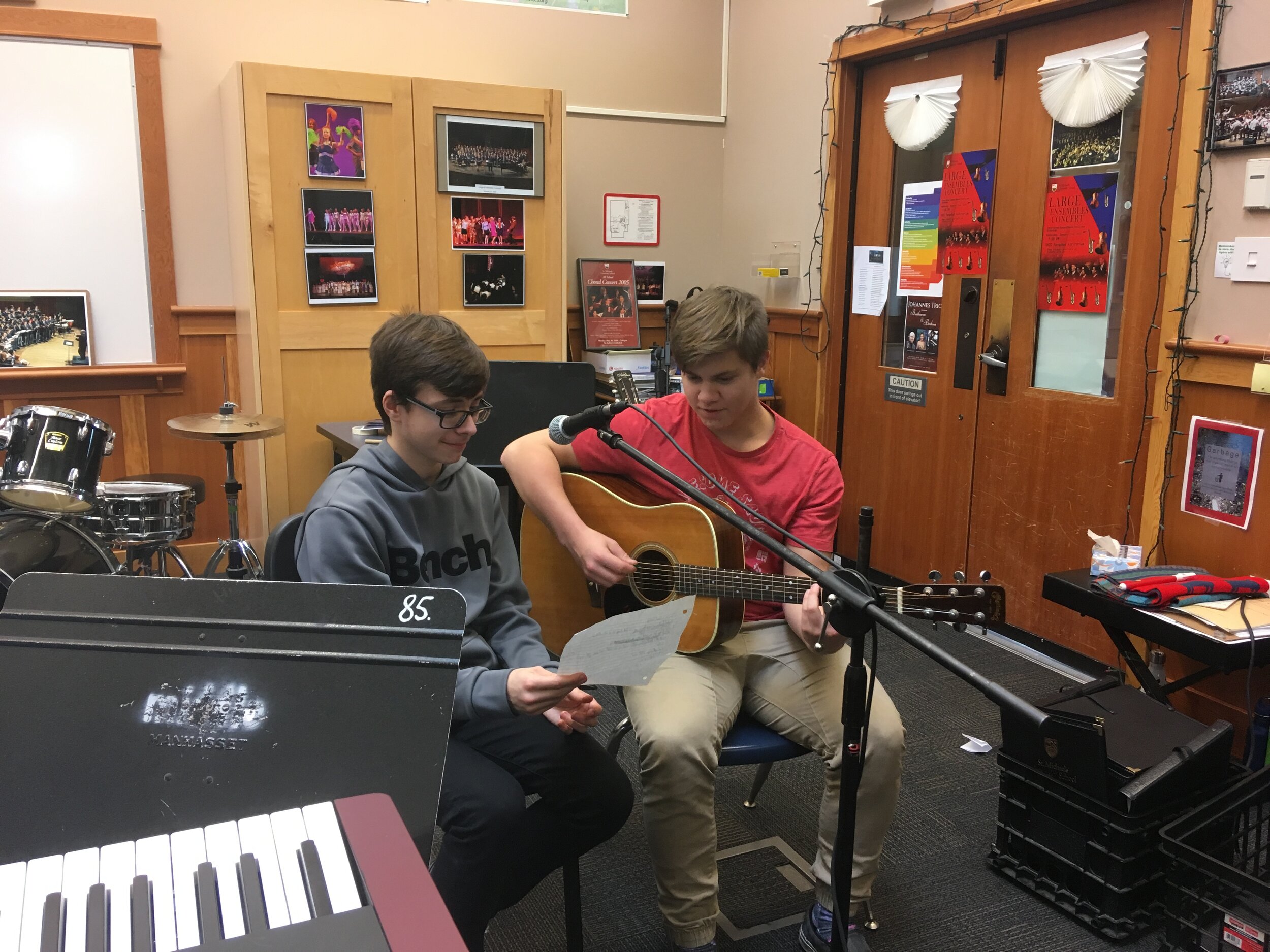





Words & Photos from Zephyr F.
We began our first day by rushing towards the Barnacle house kitchen. After a quick introduction, we learned how to prep and cut vegetables (after thoroughly washing our hands, of course). We packaged an assortment of tomatoes, roasted peppers, roasted yams and other veggies. We learned how to make turkey meatballs and three different ways to fry and prepare potatoes. We stopped only to participate in an animated game of foosball before continuing to cook. We were taught how to make chia pudding and nutrition bars for a healthy snack. Three members of our group also learned how to make over night oats with berries, honey and coconut. By the end of the first day, our food was prepped and ready for the morning, where we would begin to organize and make three separate meals.
Bright and early the next morning, we set out our containers of food and began making french toast with homemade butter, berry syrup and caramel sauce. Once we had finished cooking, we unpacked our overnight oats and took a break to eat a snack. For lunch, we all got to make a number of different foods such as peanut curry, wraps with chicken, egg rice and fried noodles. Before we could eat all this food, we took a quick walk outside to enjoy the warm sunny weather and talk about what we wanted to make for our final meal. We decided on rice paper wraps with an assortment of of vegetables and the remaining meats. We learned three different techniques in soaking the rice paper and decided on which one worked most effectively. We were left with bags of nuts and caramel and decided to make peanut butter to try alongside our chocolate chia pudding.
To end the day, we brought samples of our food to the other cooking group, and let them guess what we had made with their eyes closed. A highlight was definitely watching them attempt to guess what simple foods that we had set in front of them. Overall, it was a highly educational two days, where we learn how to make easy homemade foods and formed lasting friendships.

